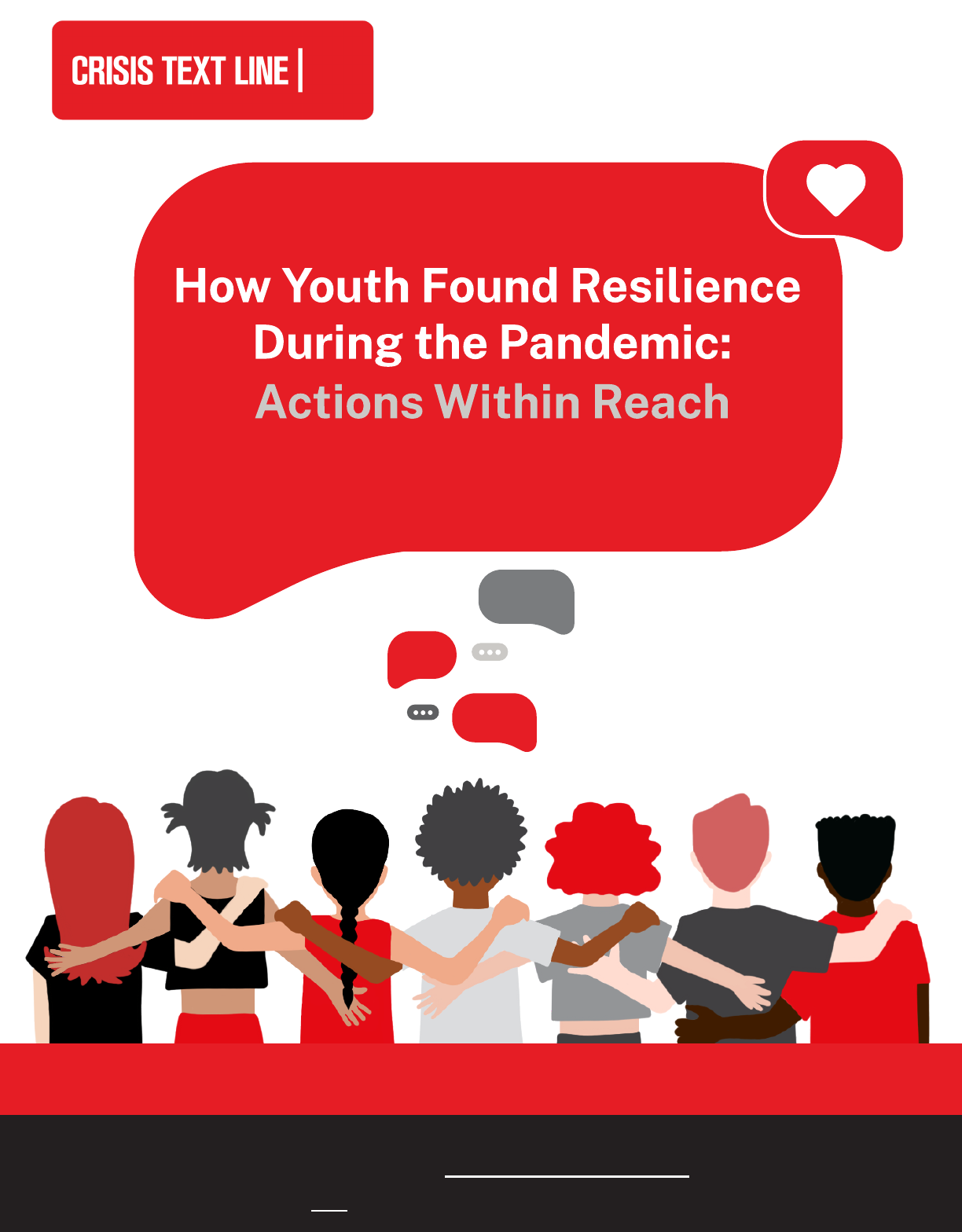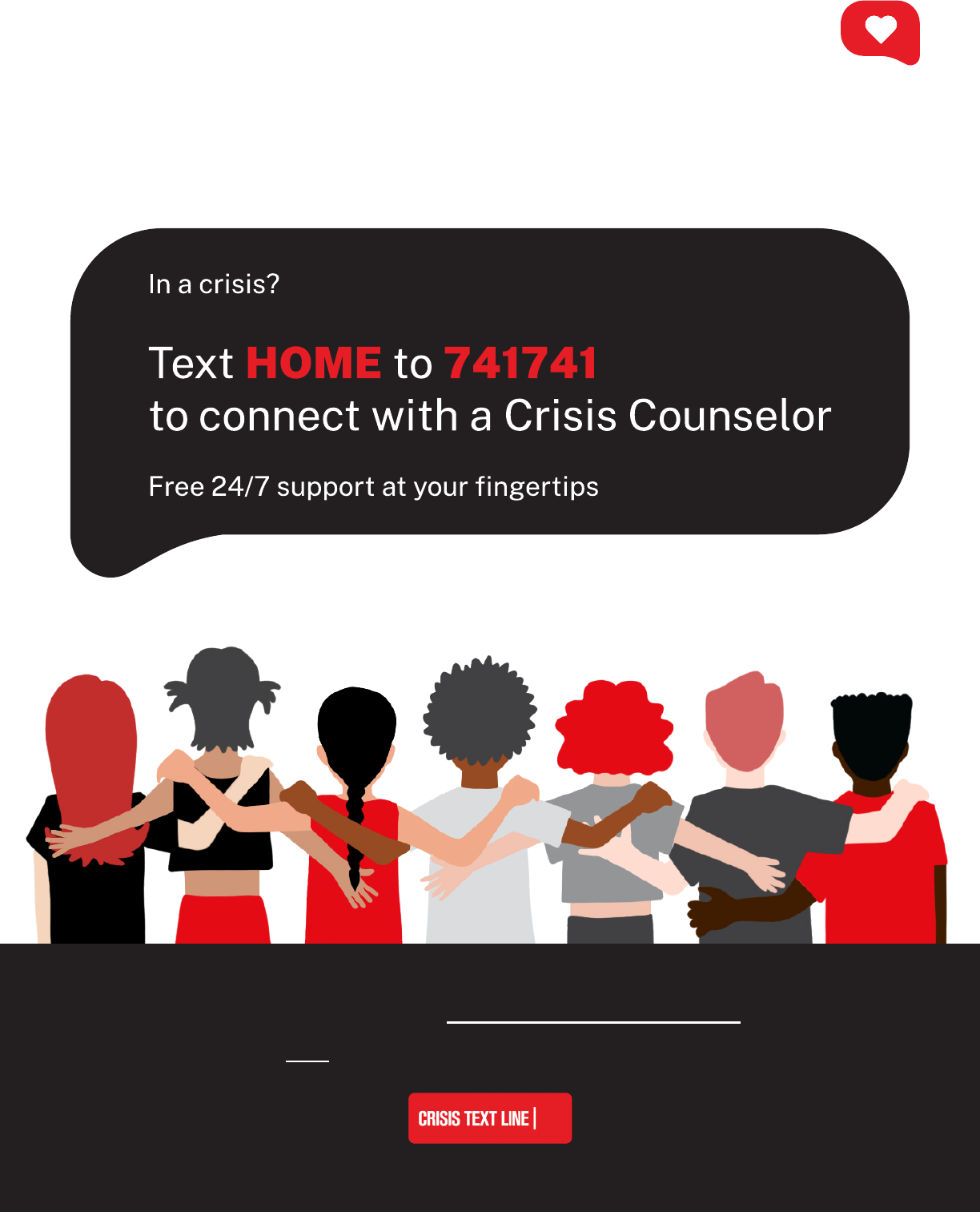
01
Crisis Text Line | How Youth Found Resilience During the Pandemic: Actions Within Reach, October 2022
This report was a collaborative project of the Crisis Text Line Research and Impact team, with contributions
of many others gratefully acknowledged.
Lead Authors:
Tiffany Meshkat, Senior Data Scientist, Machine Learning and Research
Margaret Meagher,
Nancy Pellowski Wiger, Senior Strategic Researcher
Dua Shamsi, Data Scientist
Lili Torok, Interim Director of Research
Contributing Authors:
Shannon Green, Research Program Manager
Devyani Singh, Data Scientist
In addition to the authors listed above, Crisis Text Line staff members Barbara Chase, Jordan Peterson,
Sarah Whitson, and Jaclyn Weiser and volunteer Crisis Counselors Melissa O’Brien and Matt Rouse offered
important clinical and technical insights and contextual understandings.
We express our sincere thanks to Hopelab and Well Being Trust
all, thank you to all of our volunteer Crisis Counselors for dedicating your time and energy to helping others
in crisis, and to all of the brave, resilient young people who reach out to Crisis Text Line in moments of need:
thank you for sharing what made you feel better during stressful times. Your openness and wisdom has
helped create a powerful force of good that has the potential to help many others through resources
such as this.
Acknowledgements
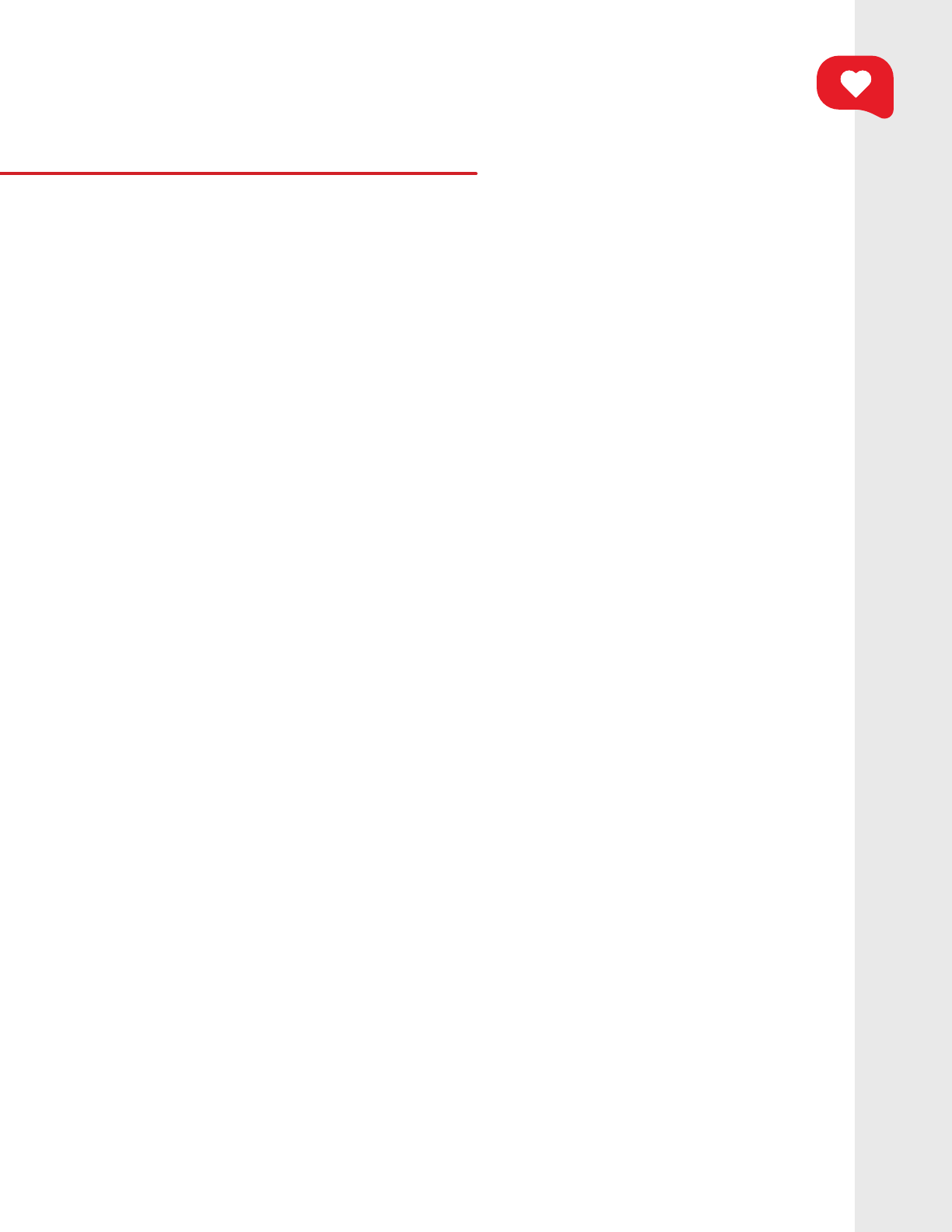
02
Crisis Text Line | How Youth Found Resilience During the Pandemic: Actions Within Reach, October 2022
Contents
Executive Summary 06
Introduction 06
Key Takeaways 07
Why is it important to consider youth mental health in 2022? 09
Methods 10
Key Findings 13
Limitations 26
Discussion and Implications 2
How can we use these learnings to help support youth mental health this coming year? 2
Conclusion 30
1
39
0
2
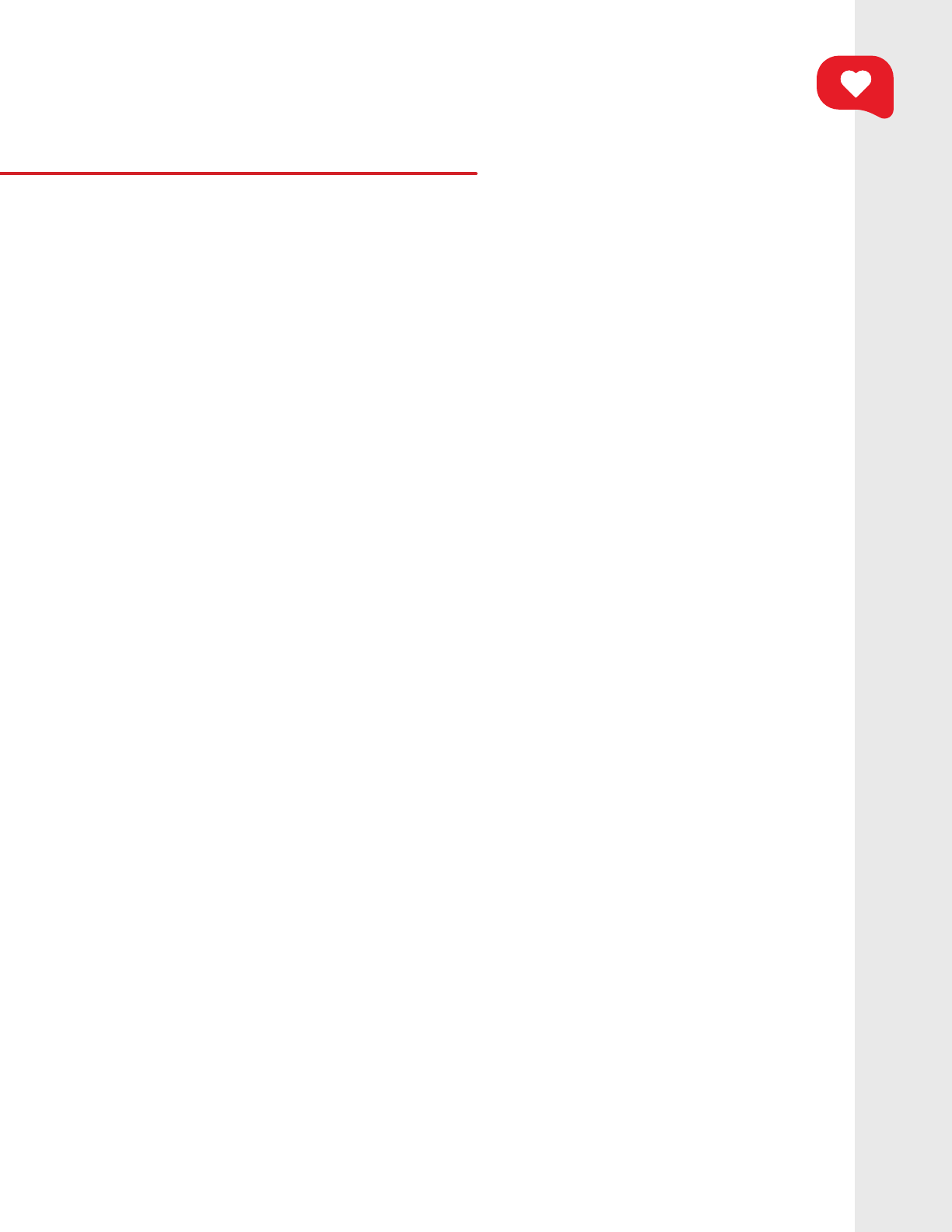
03
Crisis Text Line | How Youth Found Resilience During the Pandemic: Actions Within Reach, October 2022
List of Figures
Figure 3: Other persistent youth stressors by month 16
7
Figure 6: Youth conversations about grief and bereavement by month 19
Figure 7: Youth conversations about eating disorders or body issues by month 19
and playing video games over time 23
Figure 11: Percent of youth conversations that mentioned reading/writing and therapy over time 2
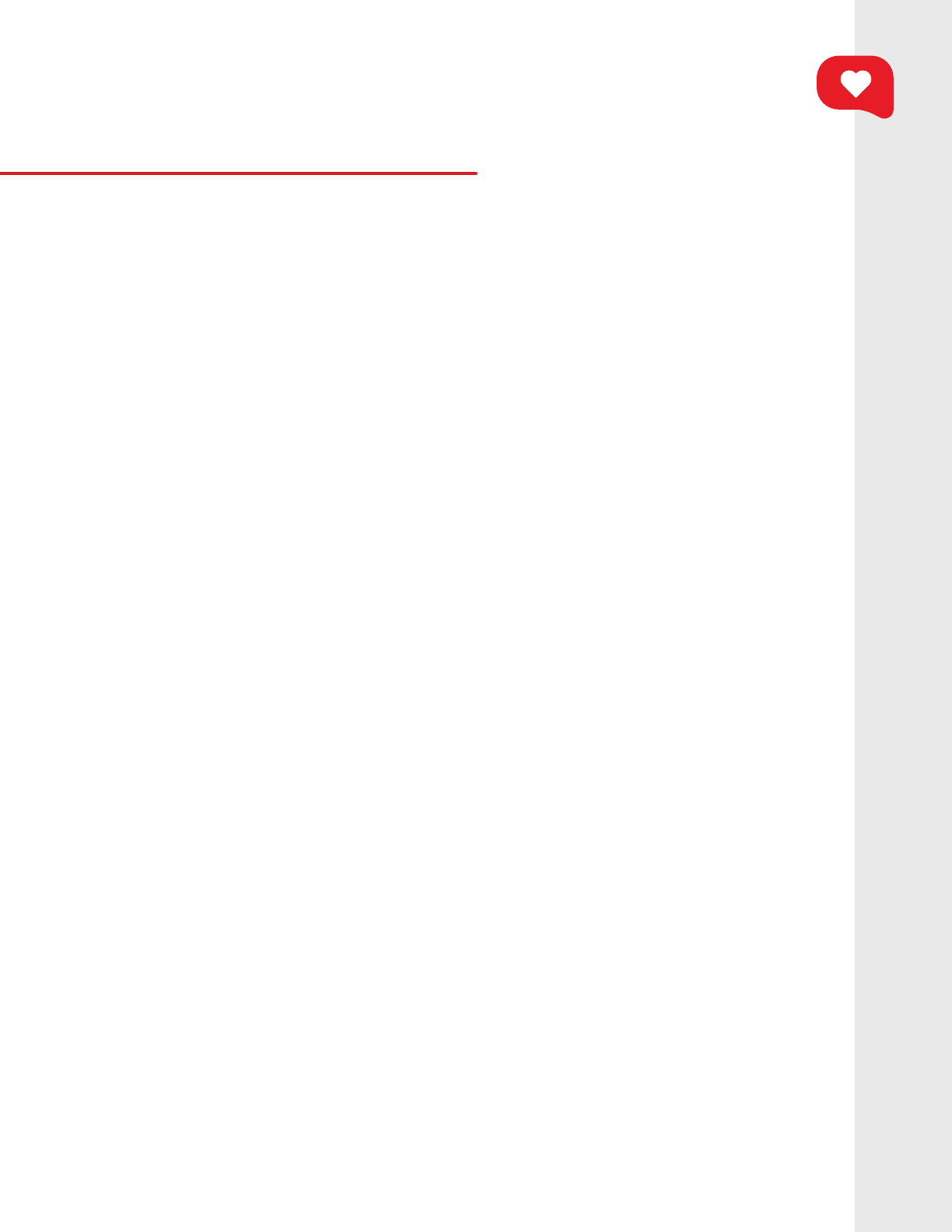
04
Crisis Text Line | How Youth Found Resilience During the Pandemic: Actions Within Reach, October 2022
List of Tables
Table 1: Number of total conversations, ML model predicted youth conversations,
and self-identied youth conversations by year 11
Table 2: Number of youth conversations that included each stressor by year 14
Table 3: Top 12 coping mechanisms mentioned in youth conversations by year and dataset 22
Table 4: Demographics of youth who completed the post-texter survey 40
Table 5: Issue tag denitions 41
Table 6: Number of youth conversations by time of day and year 42
Table 7: Top ve youth stressors by month 43
Table 8: Youth conversations by demographic sub-group mentioning stressors with
signicant changes 44
Table 9: Number and percent of youth conversations mentioning COVID-19, eating disorders,
grief and bereavement, and bullying by month 45
Table 10: T-test results – change over time from lowest to highest month for stressors
with signicant change 46
Table 11: Coping mechanism categories and included word combinations 47
Table 12: Top youth coping mechanisms 48
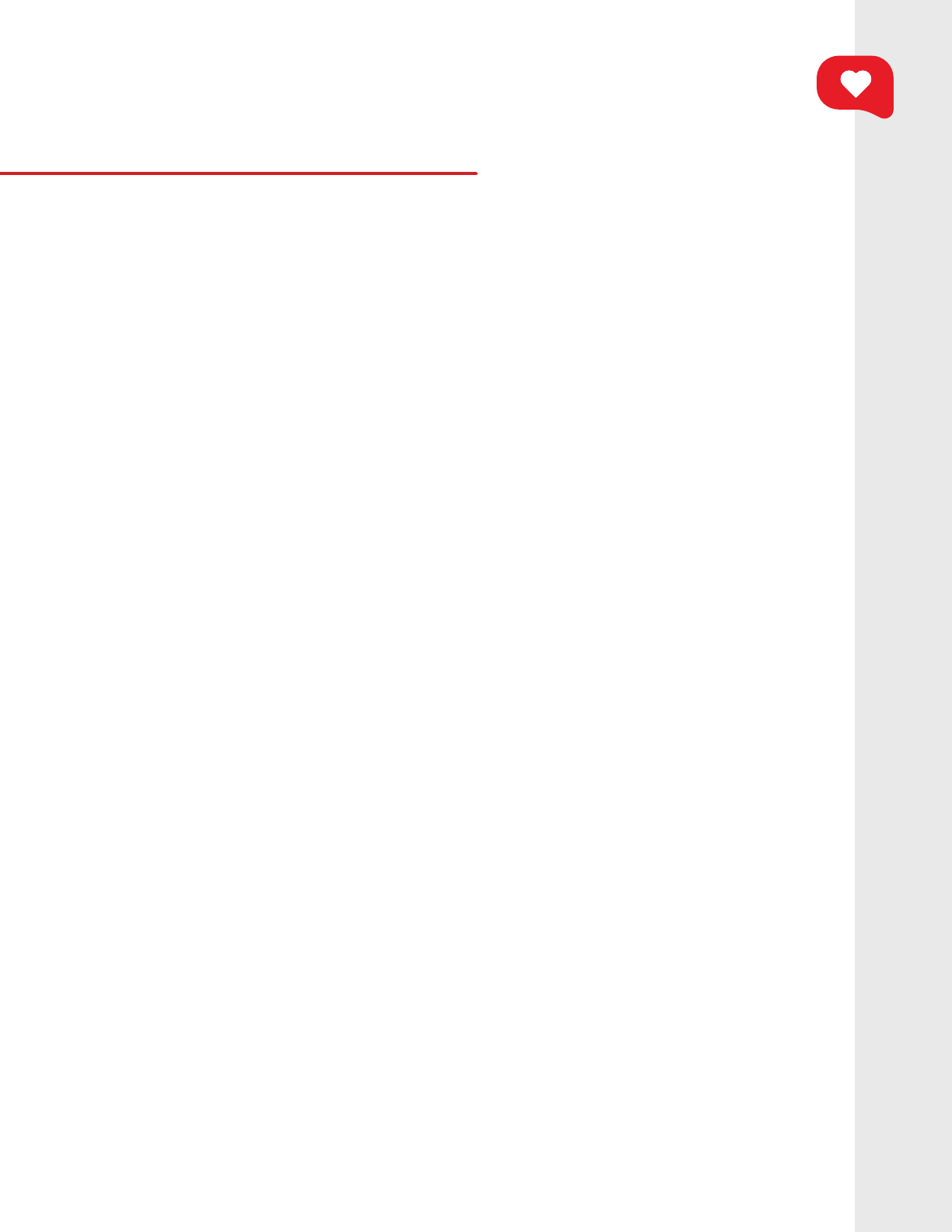
Crisis Text Line | How Youth Found Resilience During the Pandemic: Actions Within Reach, October 2022
List of Acronyms
COVID Coronavirus Disease 2019
ML Machine Learning
URL Uniform Resource Locator
vCC Volunteer Crisis Counselor
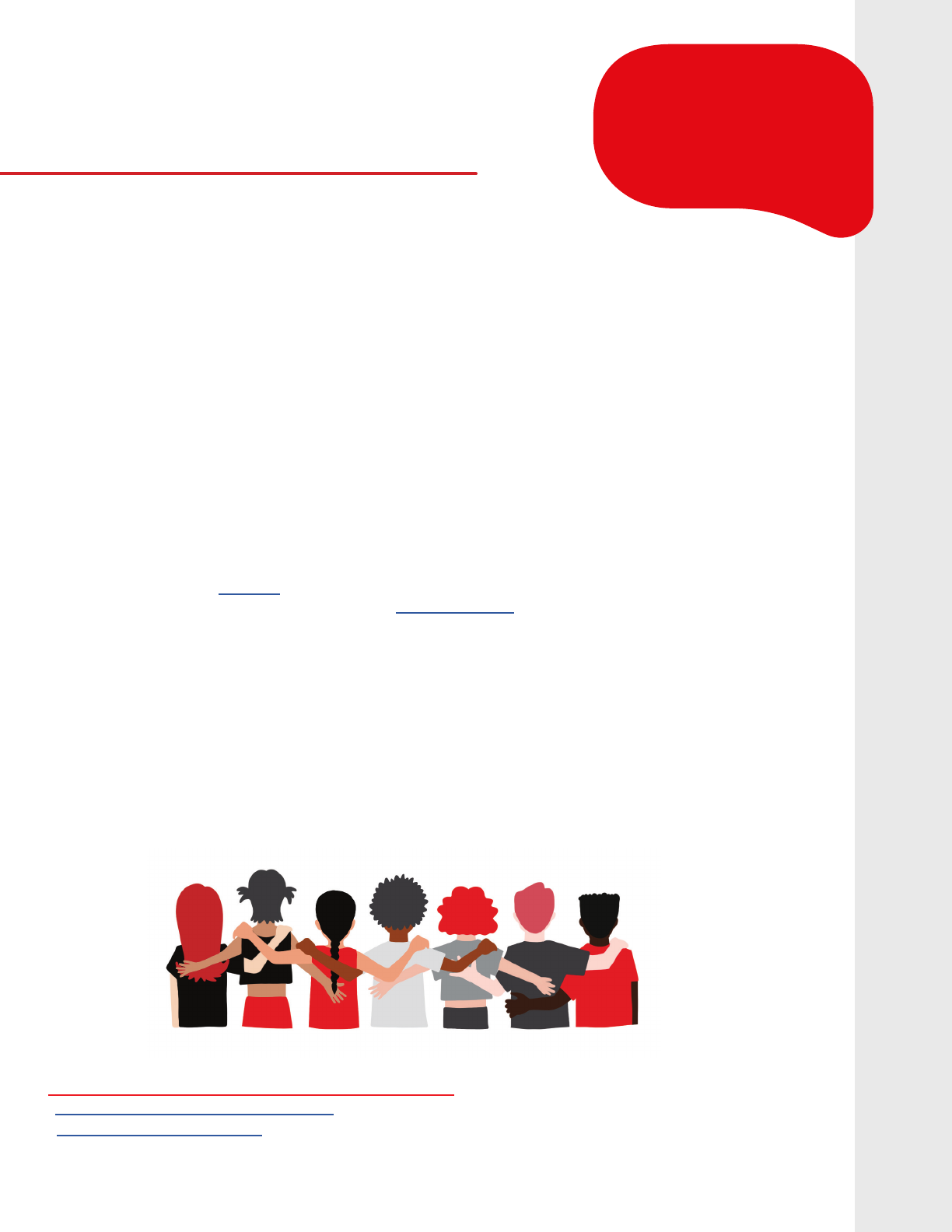
06
Crisis Text Line | How Youth Found Resilience During the Pandemic: Actions Within Reach, October 2022
Executive Summary
Introduction
high school students who reported being unable to participate
in regular activities because they felt sad or hopeless increased 40%
1
2020, overall mental health-related emergency department visits increased by 25%
2
.
2013. This report was created with insights from Crisis Text Line conversations with young people, across
illuminate the most pressing crises on the minds of young texters and the coping mechanisms that helped.
Youth described their main stressors as depression/sadness, stress/anxiety, relationships, suicide,
and isolation. Youth also expressed hope for their situation and described a variety of low-cost or free
activities that help improve their wellbeing and overall feelings of resilience.
Thanks to our partners, Hopelab, a social innovation lab and impact investor advancing solutions that
Well Being Trust, a national foundation supporting the
mental, social, and spiritual health of the nation.
Centers for Disease Control and Prevention, October 23, 2020
2
November 2, 2021
The top ve main stressors
discussed by youth were:
depression/sadness, stress/
anxiety, relationships,
suicide, and isolation.
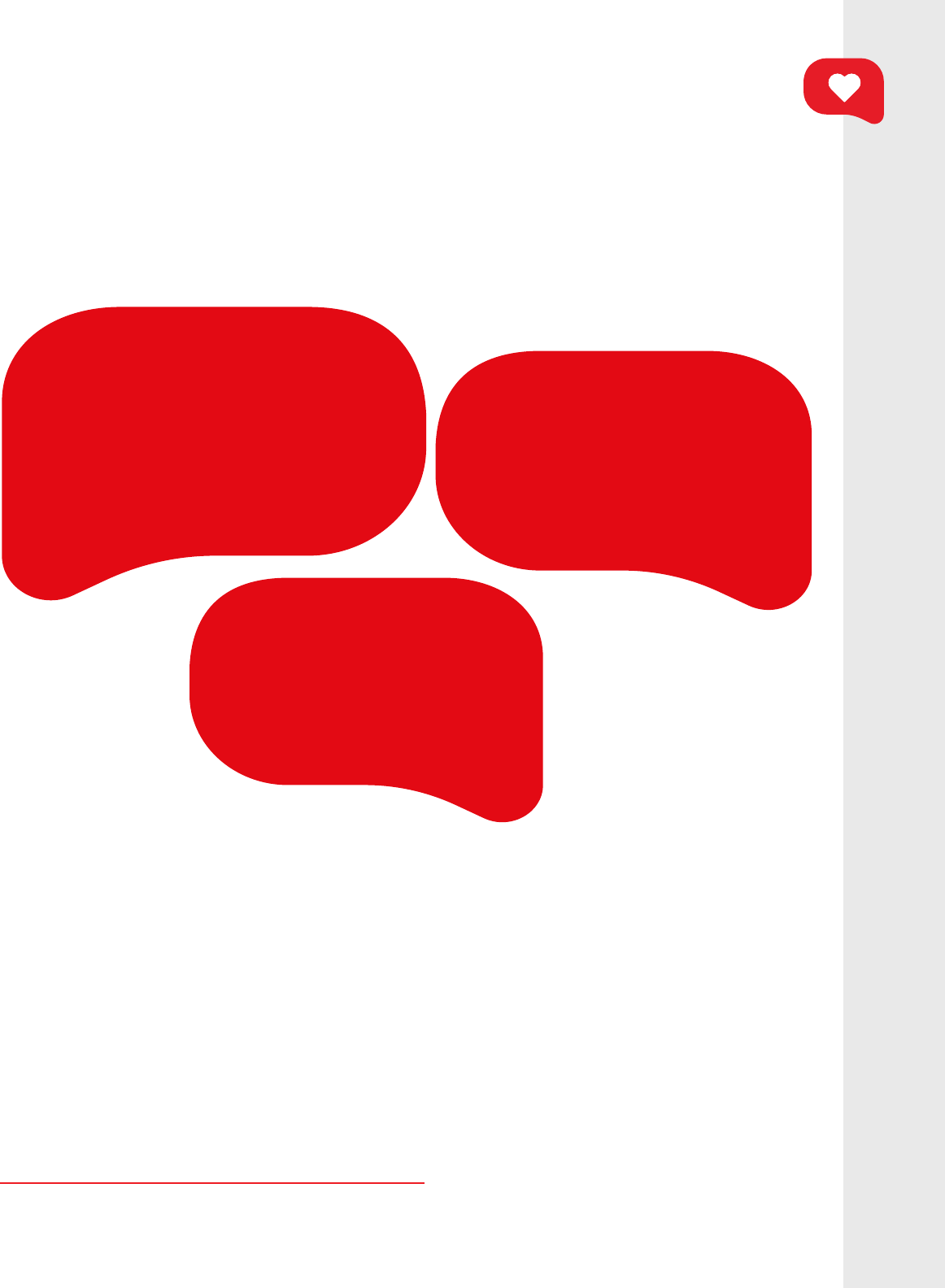
07
Crisis Text Line | How Youth Found Resilience During the Pandemic: Actions Within Reach, October 2022
Key Takeaways
In the middle of the night in 2020—when most mental health resources that provide services during core
business hours were closed for the day—youth turned to Crisis Text Line.
• Youth reached out to Crisis Text Line more often
between 2am – 6am in 2020
3
. During 2020,
almost
of youth
conversations
Crisis Text
Line began
• The top ve main stressors discussed by youth were: depression/sadness, stress/anxiety,
relationships, suicide, and isolation. These remained the
and during
• We saw the most signicant changes in youth
conversations on topics of stress/anxiety, isolation and
loneliness, grief and bereavement, and eating disorders
and body issues during 2019-2021. These may be particular issues to monitor for growing trends in
the coming year.
Confronted with this growing crisis, many youth demonstrated they already have free, accessible tools
at their ngertips to feel better in moments of pain.
of all demographics were: music, reading/writing, sleeping or bathing, art, talking with friends, watching
meditation, and playing video games.
• Music was the most frequently mentioned coping mechanism across all years.
• Talking with friends and family, engaging in art, and meditation were frequent coping mechanisms in
• Over time, the percentage of youth conversations mentioning coping mechanisms of sleeping and
•
• The percentage of youth conversations that discussed reading and writing, and accessing therapy,
decreased over time.
Youth reached out to Crisis Text Line
more often between 12am – 6am in 2020
3
.
experienced more sleep disruptions during
The top ve main stressors discussed
by youth were: depression/sadness,
stress/anxiety, relationships, suicide,
and isolation. These remained the top
We saw the most signicant changes
in youth conversations on topics
of stress/anxiety, isolation and
loneliness, grief and bereavement,
and eating disorders and body
issues during 2019-2021. These may
be particular issues to monitor for
growing trends in the coming year.
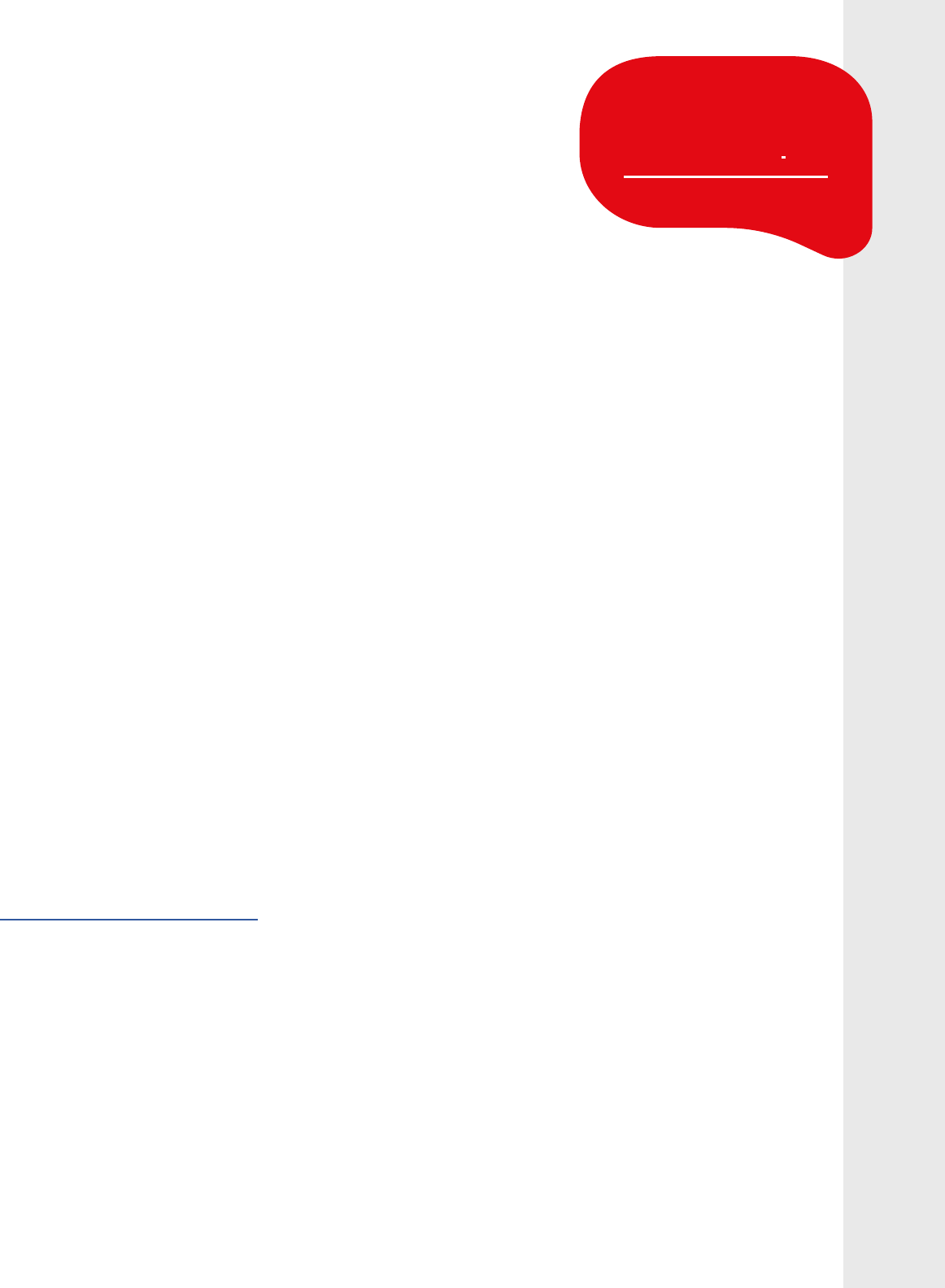
Crisis Text Line | How Youth Found Resilience During the Pandemic: Actions Within Reach, October 2022
Actions Within Reach
to feel better in moments of pain. These results indicate that addressing the youth mental health crisis
Youth, caregivers/relatives, educators, and policymakers may consider the following ways to support
youth mental health:
• Youth: Consider simple activities that can be part of your daily life that you may notice help you feel
reading, doing art, and playing or listening to music were all top coping mechanisms for youth in
trusted adults for help in times of need.
• Caregivers/Relatives: Listen to the youth in your lives, and try to support them in old and new ways.
• Educators
moment to a sense of calm like meditation or journaling. Youth who reached out to Crisis Text Line
suggested a range of relaxation techniques and creative activities that helped them feel better. Work
with other school staff to make time for youth to engage in coping mechanisms while in the classroom
or common school spaces.
• Policymakers
health supports for young people. Support ways for young people to engage in coping tools like art,
meditation, and music through school and community programming.
through moments of crisis so that young people can thrive. In addition, we believe this study can inform
further research to explore coping mechanisms that address youth mental health crisis issues across
demographics in ways that advance health equity. To learn more about our research visit:
https://research.crisistextline.org/.
To learn more about our
research visit:
research.crisistextline.org
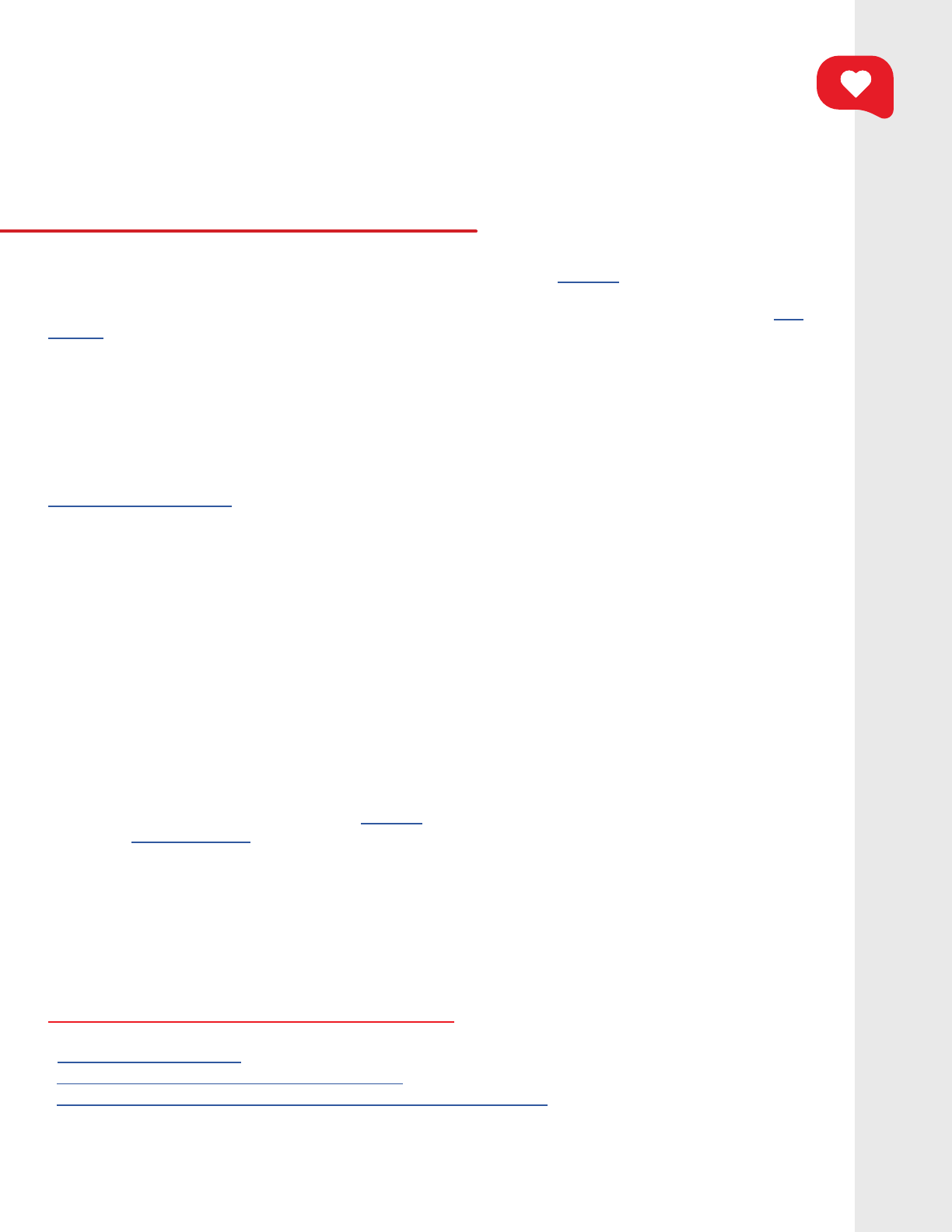
09
Crisis Text Line | How Youth Found Resilience During the Pandemic: Actions Within Reach, October 2022
advisory about an unfolding youth
mental health crisis in the country. In it, he warned that youth mental health trends had been steadily
deteriorating for a decade before the pandemic disrupted young people’s lives and routines
. In 2019, one
in three high school students reported feeling sad or hopeless, and the number of young people who felt
depressed, seriously considered suicide, or made psychiatric visits to emergency rooms has continued to
rise sharply for years.
being”
, which is illustrated by research which has found that more than four in ten high school students
and young people, hospitals and doctors have called for action to address this national
mental health emergency.
messages—has been providing mental health crisis counseling support to youth and people of allages
6
7
conversations are with youth and young adults.
Once a texter consents to Crisis Text Line’s service, they are connected with a volunteer Crisis Counselor
supported by paid mental health professionals who monitor the text conversations in real time. These
conversations provide unique insights into the mental health stressors that young people face, as well as
coping mechanisms that helped them navigate these stressors.
This report was created in partnership with Hopelab, a social innovation lab focused on youth mental
health, and Well Being Trust, a national foundation supporting mental, social, and spiritual health. We
between texters experiencing mental health crises and vCCs. The purpose of this report is to illuminate
feel better.
Throughout the report, we use the terms “young people” and “youth” to indicate people aged 17 or younger.
Why is it important to consider youth
mental health in 2022?
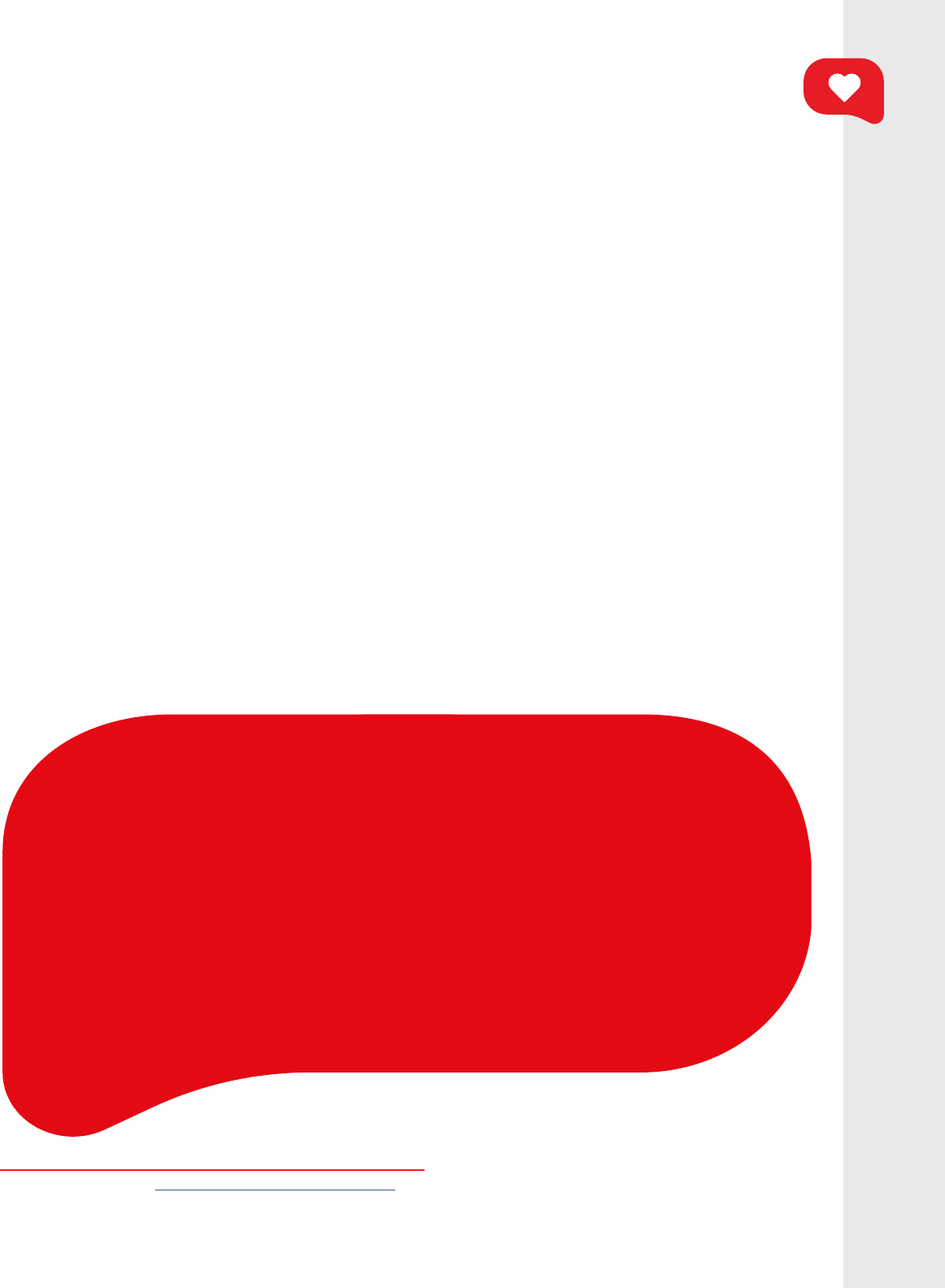
10
Crisis Text Line | How Youth Found Resilience During the Pandemic: Actions Within Reach, October 2022
Research questions:
We examined conversation insights from young people who reached out to Crisis Text Line to discuss
• When did young people reach out to Crisis Text Line for support? Did this change over time during the
pandemic?
•
• What coping mechanisms did young people mention were helpful in 2019, 2020, and 2021? Did the
types of coping mechanisms that youth discussed with Crisis Text Line change over time during the
pandemic?
Data sets and sample
The service provided by Crisis Text Line is simple and straightforward to access, as it doesn’t require
whether and what additional information they want to share with Crisis Text Line
. If the texter agrees to
use its service, Crisis Text Line keeps the transcript of the conversation between the texter and vCC to
Crisis Text Line’s secure systems for learning and program improvement, though texters can request to
have their transcripts deleted by texting the word “DELETE” after a conversation. In this report, we did not
include conversations where the texter disengaged after starting a conversation, if the texter was simply
testing the service, or if the conversation was marked as being a prank by the vCC.
Terms of Service and Privacy Policy
Methods
state, what the texter found helpful in the conversation, and demographic information
youth in our sample. This report includes analyses of conversation data and voluntary
of each conversation in which they tag key crisis issues discussed in the conversation
out to Crisis Text Line for support.
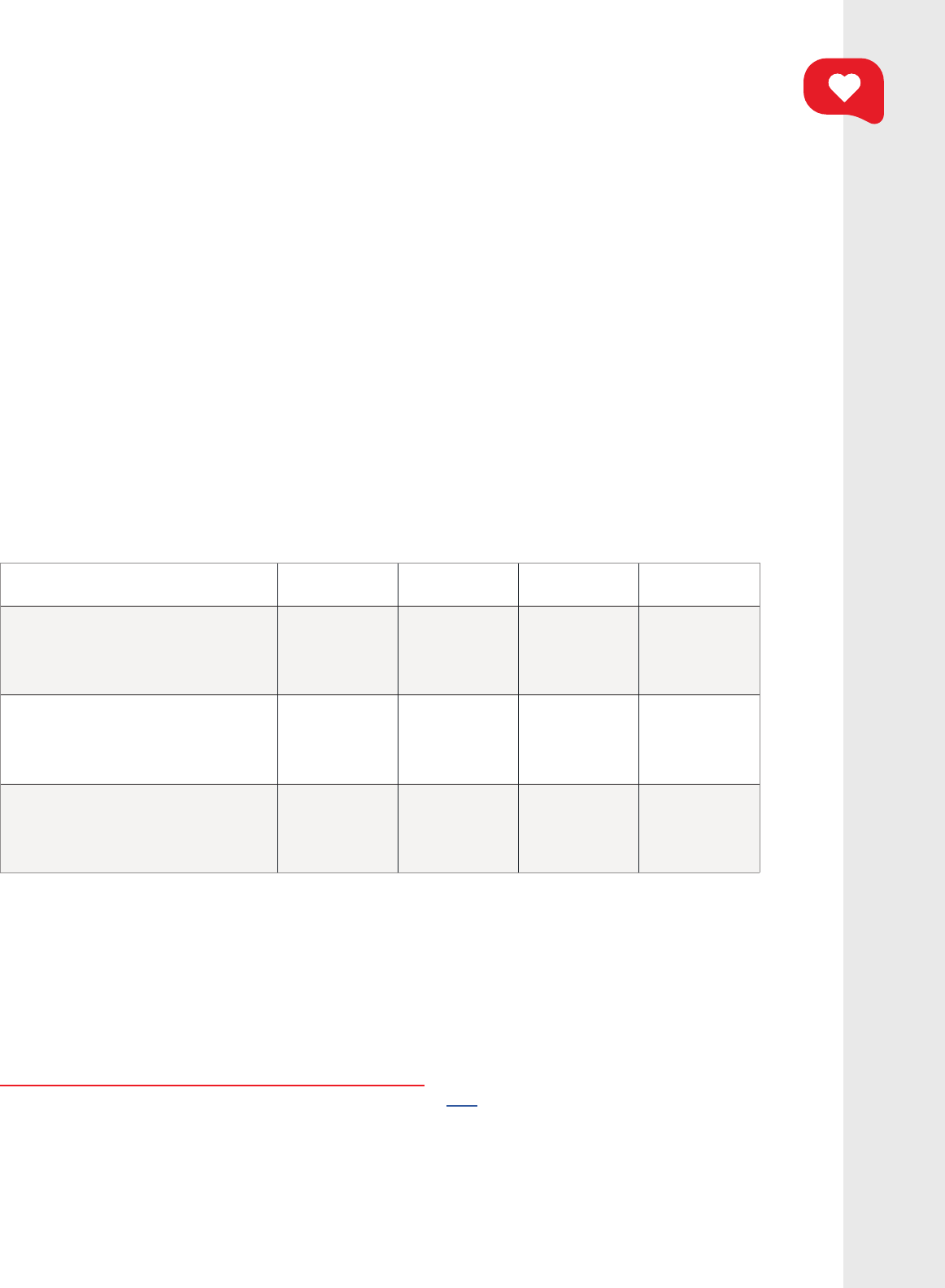
11
Crisis Text Line | How Youth Found Resilience During the Pandemic: Actions Within Reach, October 2022
9
explore the different types of coping mechanisms used by youth in 2019, 2020, and 2021, we used our
augmented dataset
10
Table 1: Number of total conversations, ML model predicted youth conversations, and self-identied youth
conversations by year
Sample sizes 2019 2020 2021 Total
1,299,233
Total # of conversations that the
ML model predicted were with
young people aged 17 years or
younger
293,369 999,622
Total # of conversations where the
years or younger in the optional
Data analysis
here
999,622
conversations were with youth from

12
Crisis Text Line | How Youth Found Resilience During the Pandemic: Actions Within Reach, October 2022
Crisis Text Line followed multiple steps to analyze the conversation data to gain insights into the
greatest stressors youth faced between 2019 and 2021. First, vCCs completed a post-conversation
survey in which they tagged key crisis issues or stressors that texters discussed in their text
conversation (see Appendix B for the vCC post-conversation survey). Each issue was tagged by the
vCC if the issue was mentioned during the conversation as a stressor; issue tags were tagged once per
conversation, and conversations could have multiple, co-ocurring issue tags (see Appendix D for a list of
the 19 issue tags with denitions).
To answer research question #2, we included data from conversations where the texter completed
the post-conversation survey and self-identied as a youth (n=289,022 conversations with youth). We
counted the number of times each issue tag was coded (thus the number of youth conversations that
dealt with each issue), and we examined frequencies over time and by sub-groups.
To conduct an initial exploration of if/how stressors with signicant change varied by subgroup, we ran
t-tests to examine differences in the average number of conversations across all three years combined
(2019-2022). We used responses from three demographic categories from our texter survey to compare
differences in gender (three sub-groups of girl, boy, and other gender); racial and ethnic identity (seven
sub-groups of Asian/Asian American, Black/African American, Latino/Latina/Latinx/ Latine/Hispanic,
Middle Eastern/North African/Arab, Native American/Native Alaskan/Indigenous, Native Hawaiian/Pacic
Islander, and White); and age (three sub-groups of 10 and younger, 11-13 years old, and 14-17 years old).
In addition to tagging the issues discussed during the conversation, the vCC post-conversation survey
also asks vCCs to free-write, where applicable, the different coping mechanisms that texters mentioned
using in the past (or could use in the future) to help them feel better (see Appendix B). To analyze these
coping mechanisms, the ML model was used to predict conversations with youth out of the 3,944,276
total conversations between 2019 and 2021. Then, looking at only the conversations with predicted youth
(999,622 total predicted youth conversations), we cleaned the coping mechanisms mentioned in the vCC
post-conversation survey by removing punctuation and stop words (like “and”, “so”, “the”, etc.), making
all words lower case, stemming words, and consolidating common phrases (e.g., “listening to music”
became “listenmusic”, and “talk to friends” became “talkfriends”).
Then we used “Counter” in Python – a method of analyzing free-ow natural language – to count the
number of occurrences of each word or phrase. We grouped words according to themes (e.g., “listen to
music”, “singing”, “playing music”, and “playing guitar” were added together to create the theme “Music”;
see Appendix E, Table 10 for the list of themes and words grouped under each theme). We analyzed how
many youth conversations included each coping mechanism in each year (or the percent of total youth
conversations) and signicant changes in percentages over time. We also consulted with select vCCs,
members of our clinical team, and internal and external experts as we analyzed and interpreted the
results to shed light on what makes young people feel better.
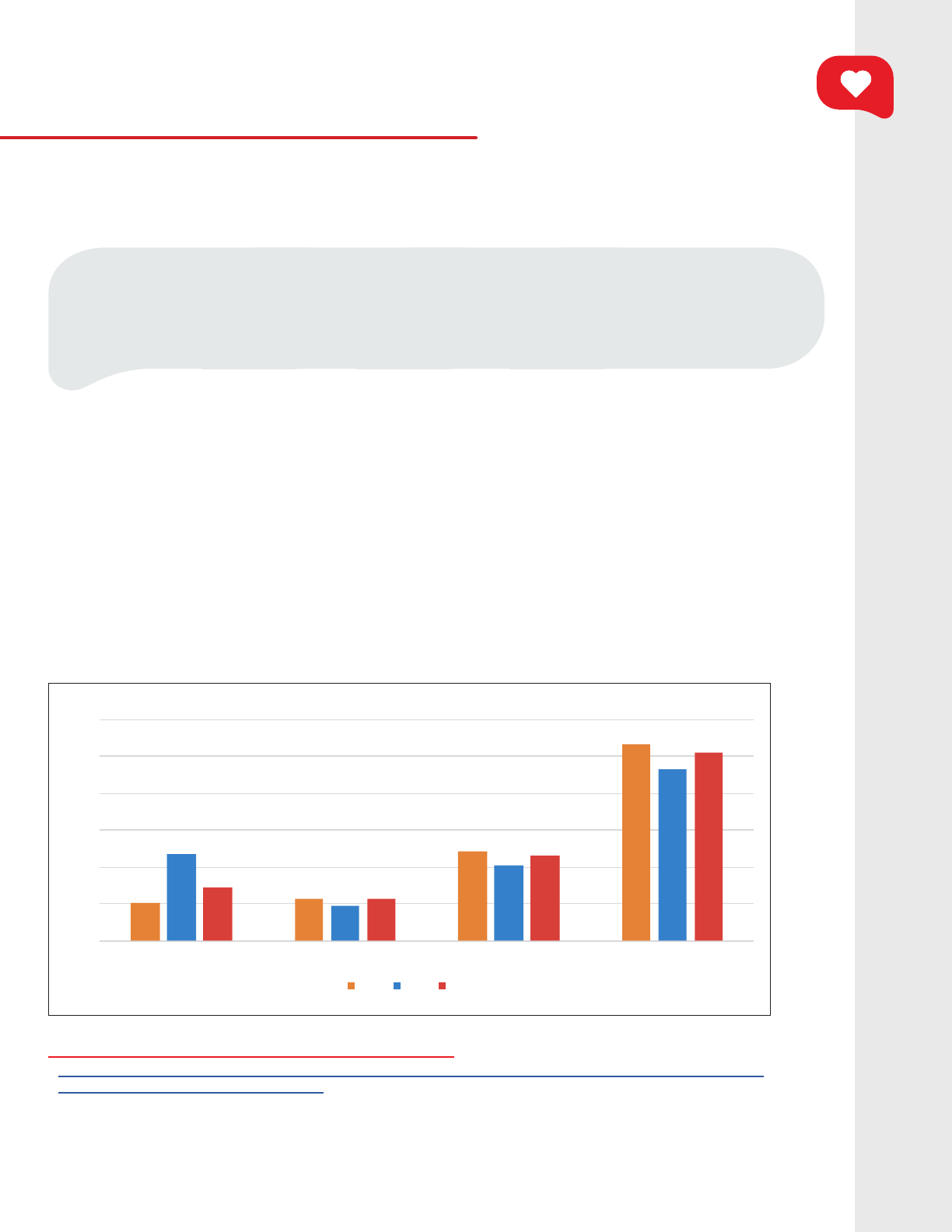
13
Crisis Text Line | How Youth Found Resilience During the Pandemic: Actions Within Reach, October 2022
0 .0%
10.0%
20.0%
30.0%
40.0%
50.0%
60.0%
...12 am - 6 am ...6 am -12 pm ...12 pm - 6 pm ...6 pm - 12 am
2019 2020 2021
being initiated with Crisis Text Line between the hours of midnight and 6am by this demographic more
11
suggesting that youths’ disrupted sleep
this issue: “I haven’t been able to sleep. I feel tired, and keep hoping for a break from all the bad news .”
12
We also saw that youth reached out more during the night in moments of crisis in 2020. Interestingly, in
people returning to school and having a more structured routine.
Key Findings
1. When did youth reach out to Crisis Text Line for support?
Did this change over the course of the pandemic?
Figure 1: Average start time of youth conversations by year, adjusted for time zones (total n = 289,022)
Finding 1: In 2020, conversations with youth more than doubled between 12am – 6am (compared to
2019), suggesting that more young people reaching out to Crisis Text Line might have experienced
disrupted sleep patterns during the rst year of the pandemic. The percentage of youth reaching
out to Crisis Text Line at night returned to pre-pandemic levels in 2021.
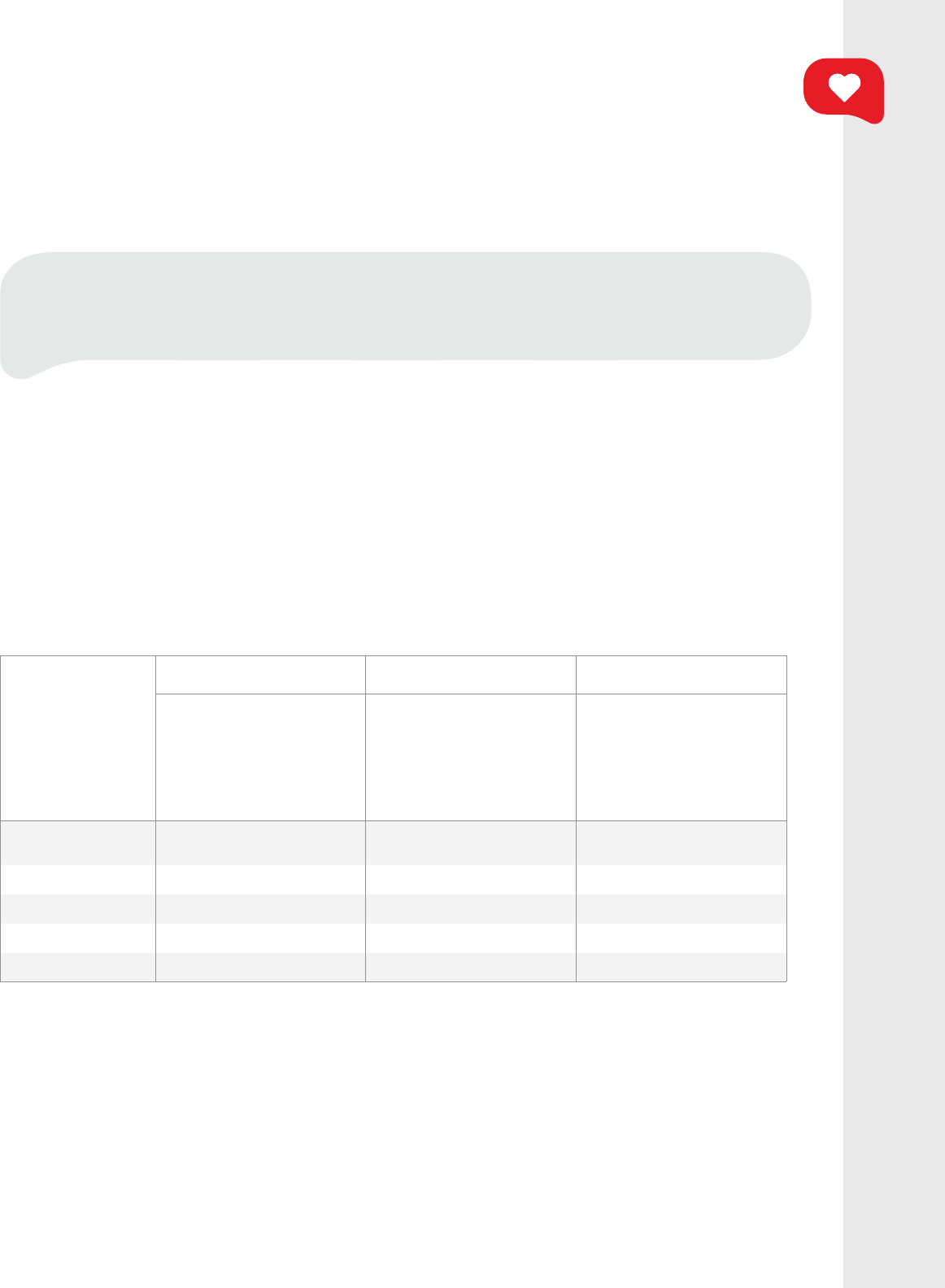
Crisis Text Line | How Youth Found Resilience During the Pandemic: Actions Within Reach, October 2022
Table 2: Number of youth conversations that included each stressor by year
Top stressors
mentioned by youth
(may be co-occurring)
2019 (total n=95,567) 2020 (total n=101,635) 2021 (total n=91,820)
# of youth
versations
that discussed
the stressor
% of total
youth
conversations
% of total
youth
conversations
% of total
youth
conversations
# of youth
conversations
that discussed
the stressor
% of total
youth
conversations
Depression and
sadness
Stress and anxiety
Relationships 36,631 31,920
Suicide
Isolation 20,609 22,763 19,633
2. What were the greatest stressors mentioned by youth
before the pandemic (2019) and during the rst two years
of COVID? How did these stressors change over time?
Finding 2: Depression/sadness, stress/anxiety, relationships, suicide, and isolation were the top
ve most commonly mentioned issues by youth both pre-pandemic (2019), as well as during the
rst two years of COVID.
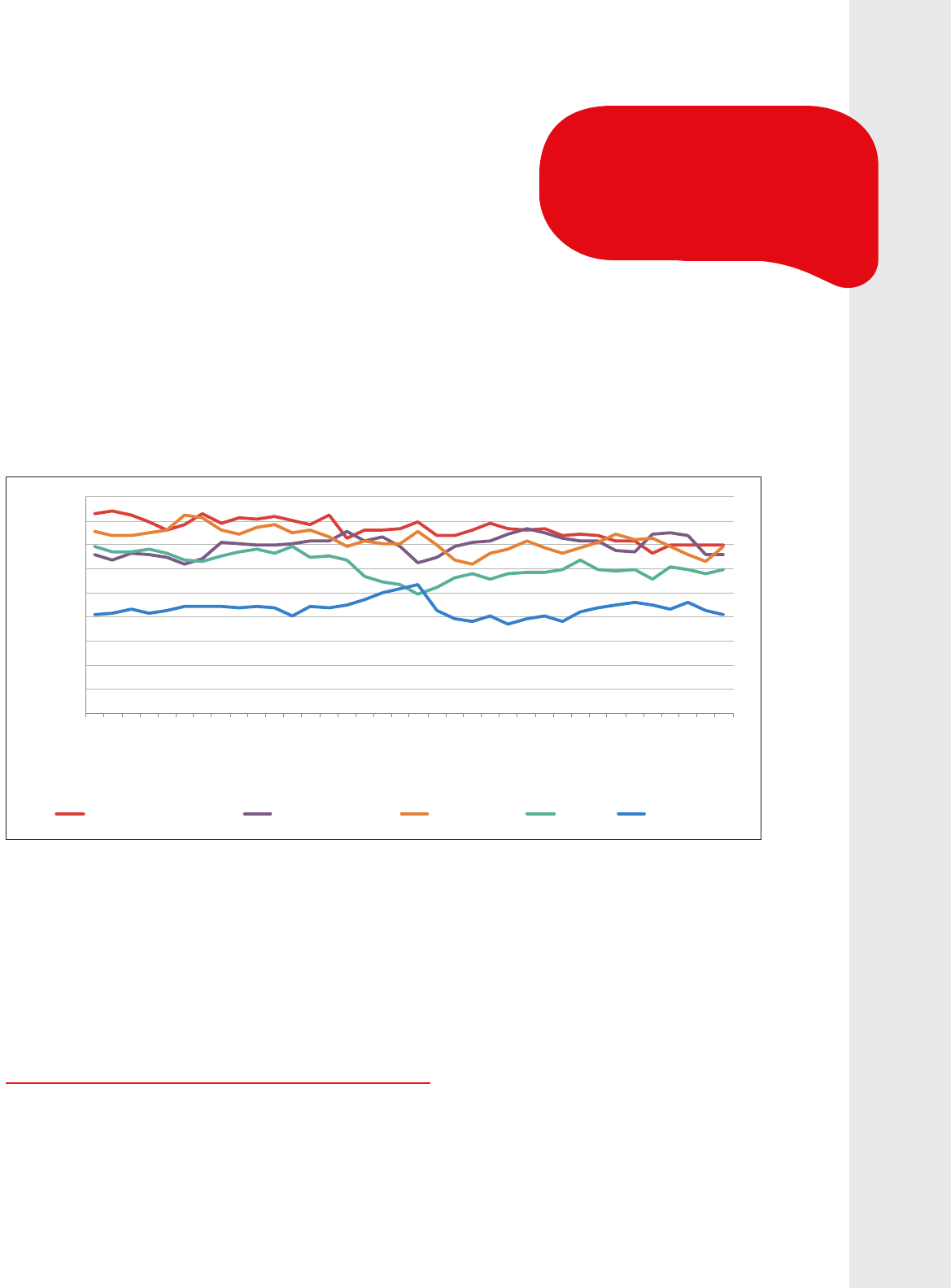
Crisis Text Line | How Youth Found Resilience During the Pandemic: Actions Within Reach, October 2022
0.0%
5.0%
10.0%
15.0 %
20 .0%
25.0%
30.0%
35.0 %
40.0%
45.0 %
Jan-19
Feb-19
Mar-19
Ap r- 19
May-19
Jun-19
J ul- 19
Au g-19
Sep-19
O ct -19
Nov- 19
Dec- 19
Jan-20
Feb-20
Mar-20
Ap r-20
May-20
Jun-20
J ul- 20
Au g-20
Sep-20
O ct -2 0
Nov-20
Dec-20
Jan-21
Feb-21
Mar-21
Ap r-21
May-21
Jun-21
J ul- 21
Au g-21
Sep-21
O ct -2 1
Nov-21
Dec-21
Depression and Sadness Stress and Anxiety Relationships Suicide Isolation
When examining changes by month, notable patterns emerge in the
Further qualitative and contextual analysis is needed to understand
why there was a spike in youth conversations related to stress and
understand possible reasons behind these data trends. Perhaps unsurprisingly, conversations that
13
and body issues
,
While bullying decreased when most youth were likely in distance learning, the percentage of
conversations mentioning bullying started to increase again in 2021, possibly suggesting that bullying
mental health.
or participating in excessive exercise.
their body to unrealistic ideals.
Figure 2: Top ve youth stressors by month (total n = 289,022)
The pandemic created “traumatic
stressors that have the potential
to further erode students’ mental
well-being”
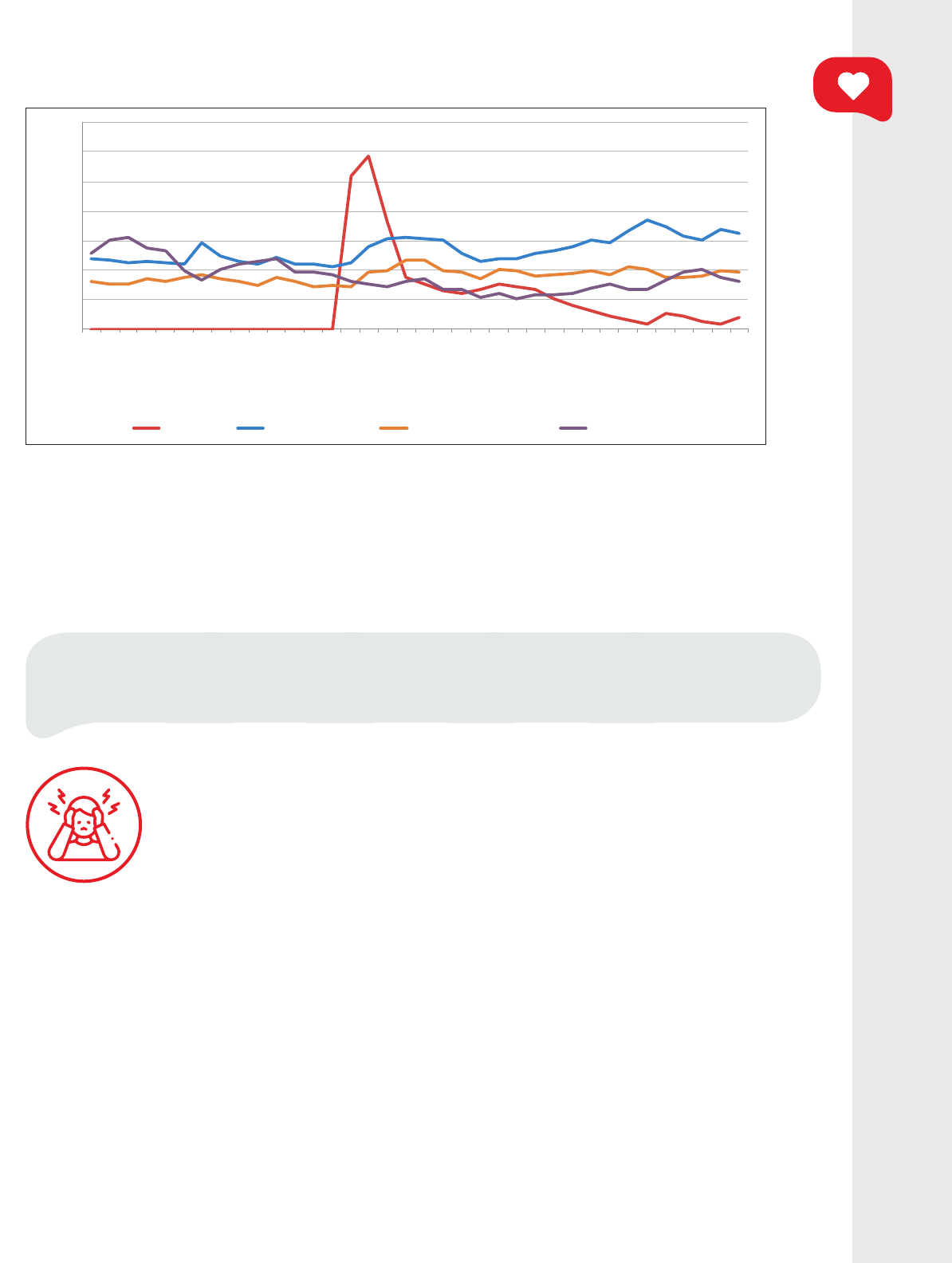
16
Crisis Text Line | How Youth Found Resilience During the Pandemic: Actions Within Reach, October 2022
More research is needed to understand how stressors may be correlated with one another, such as
2a) In what stressors among youth did we notice signicant changes during the
rst two years of COVID (2019-2021)?
Stress and anxiety:
summer months are part of a repeated seasonal trend, but we noticed an increase in
summer 2021 compared to summer 2020 and summer 2019. Young people discussed
overthinking, being online, and exhaustion as sources of stress and anxiety.
differences and the meaning behind these results.
0.0%
2.0%
4.0%
6.0%
8.0%
10.0%
12.0%
14.0 %
Jan-19
Feb-19
Mar-19
Ap r- 19
May-19
Jun-19
J ul- 19
Au g-19
Sep-19
O ct -1 9
Nov- 19
Dec- 19
Jan-20
Feb-20
Mar-20
Ap r-20
May-20
Jun-20
J ul- 20
Au g-20
Sep-20
O ct -2 0
Nov- 20
Dec-20
Jan-21
Feb-21
Mar-21
Ap r-21
May-21
Jun-21
J ul- 21
Au g-21
Sep-21
O ct -2 1
Nov- 21
Dec-21
COVID -19 Eating Disorders Grief and Bereavement Bullying
Figure 3: Other persistent youth stressors by month (total n = 289,022).
Finding 3: We noticed signicant changes in youth conversations about stress/anxiety, Isolation
and loneliness, grief and bereavement, and eating disorders and body issues from 2019-2021.
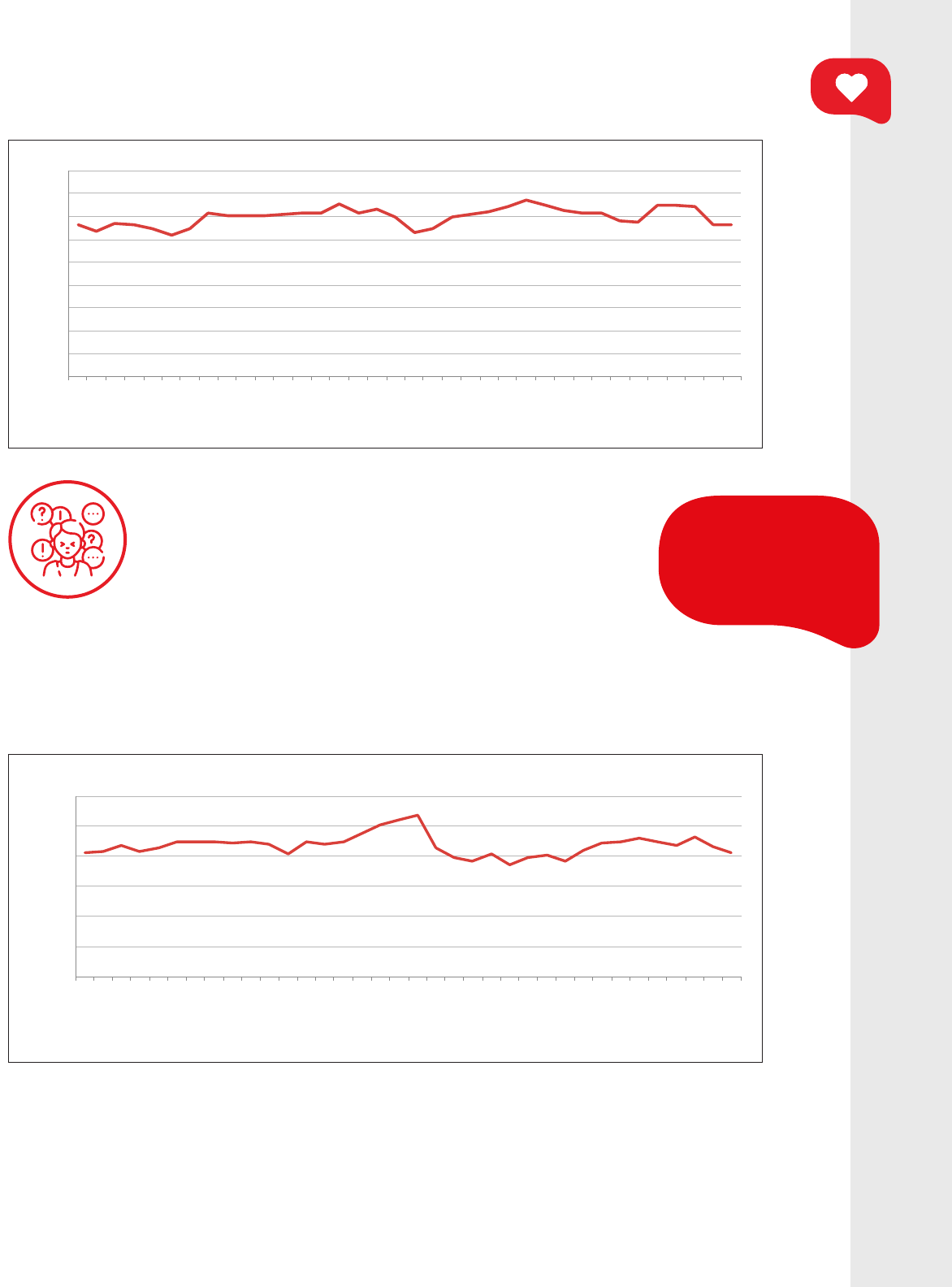
17
Crisis Text Line | How Youth Found Resilience During the Pandemic: Actions Within Reach, October 2022
31.0%
38.5%
0.0%
5.0%
10.0%
15.0 %
20 .0%
25.0%
30.0%
35.0 %
40.0%
45.0 %
Jan-19
Feb-19
Mar -19
Ap r- 19
May-19
Jun-19
J ul- 19
Au g- 19
Sep-19
O c t -1 9
Nov- 19
Dec- 19
Jan-20
Feb-20
Mar -20
Ap r- 20
May-20
Jun-20
J ul- 20
Au g- 20
Sep-20
O c t -2 0
Nov- 20
Dec-20
Jan-21
Feb-21
Mar -21
Ap r- 21
May-21
Jun-21
J ul- 21
Au g- 21
Sep-21
O c t -2 1
Nov- 21
Dec-21
Isolation and loneliness: Conversations with young people at
Crisis Text Line about isolation and loneliness peaked in July
friends; it’s hard and I feel so lonely”.
Crisis Text Line then had fewer conversations about isolation and loneliness in
subsequent months, perhaps because youth felt more comfortable connecting with others virtually,
Figure 4: Youth conversations about stress and anxiety by month (2019-2021) (total n = 289,022)
26.8%
18.5%
0.0%
5.0%
10.0 %
15.0 %
20 .0%
25.0%
30.0 %
Jan-19
Feb-19
Mar -19
Ap r- 19
May-19
Jun-19
J ul- 19
Au g- 19
Sep-19
O ct -1 9
Nov- 19
Dec- 19
Jan-20
Feb-20
Mar -20
Ap r- 20
May-20
Jun-20
J ul- 20
Au g- 20
Sep-20
O ct -2 0
Nov- 20
Dec-20
Jan-21
Feb-21
Mar -21
Ap r- 21
May-21
Jun-21
J ul- 21
Au g- 21
Sep-21
O ct -2 1
Nov- 21
Dec-21
Figure 5: Youth conversations about isolation and loneliness by month (2019-2022) (total n = 289,022)
“I only have two friends;
it’s hard and I feel
so lonely”.
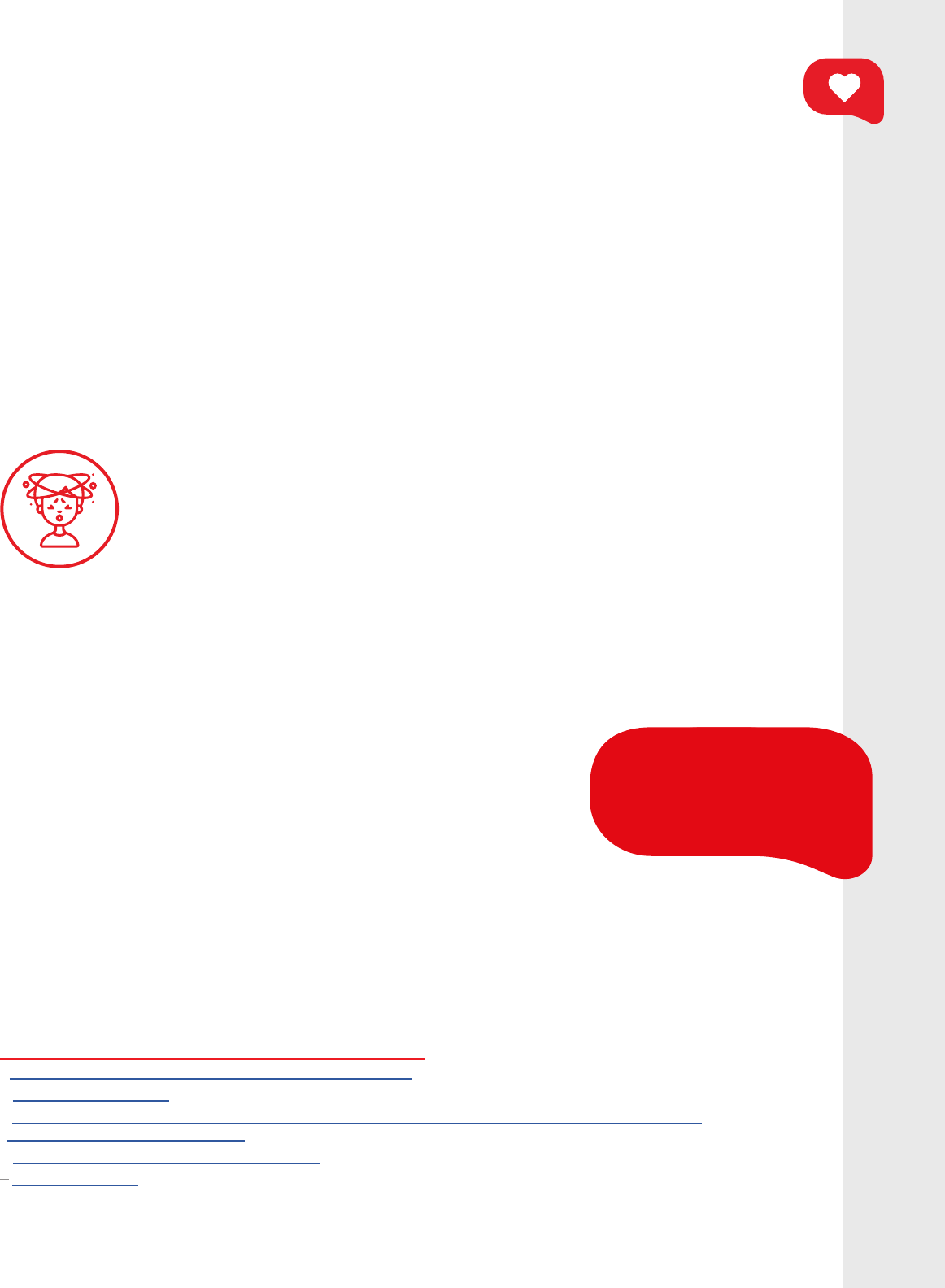
Crisis Text Line | How Youth Found Resilience During the Pandemic: Actions Within Reach, October 2022
are needed to further examine corresponding reasons for these differences.
from March 2020 to July 2020 may not be directly tied to the pandemic, it has been
2020
, and it has been found that adolescent suicide rates increased in some states
during the pandemic
16
.
17
,
, suggesting
targeted interventions and continued grief counseling to support young people may be needed.
group differences by race/ethnicity in the percentage of conversations
Native discussed grief and bereavement in a larger percentage of
19
differences in age by race/ethnicity, suggesting this may be a trend that
is important to monitor. Further analyses beyond the scope of this report are needed
19
“Recently, one of my old
friends died by suicide. I feel
so bad, I feel like I should’ve
been there to help them.”
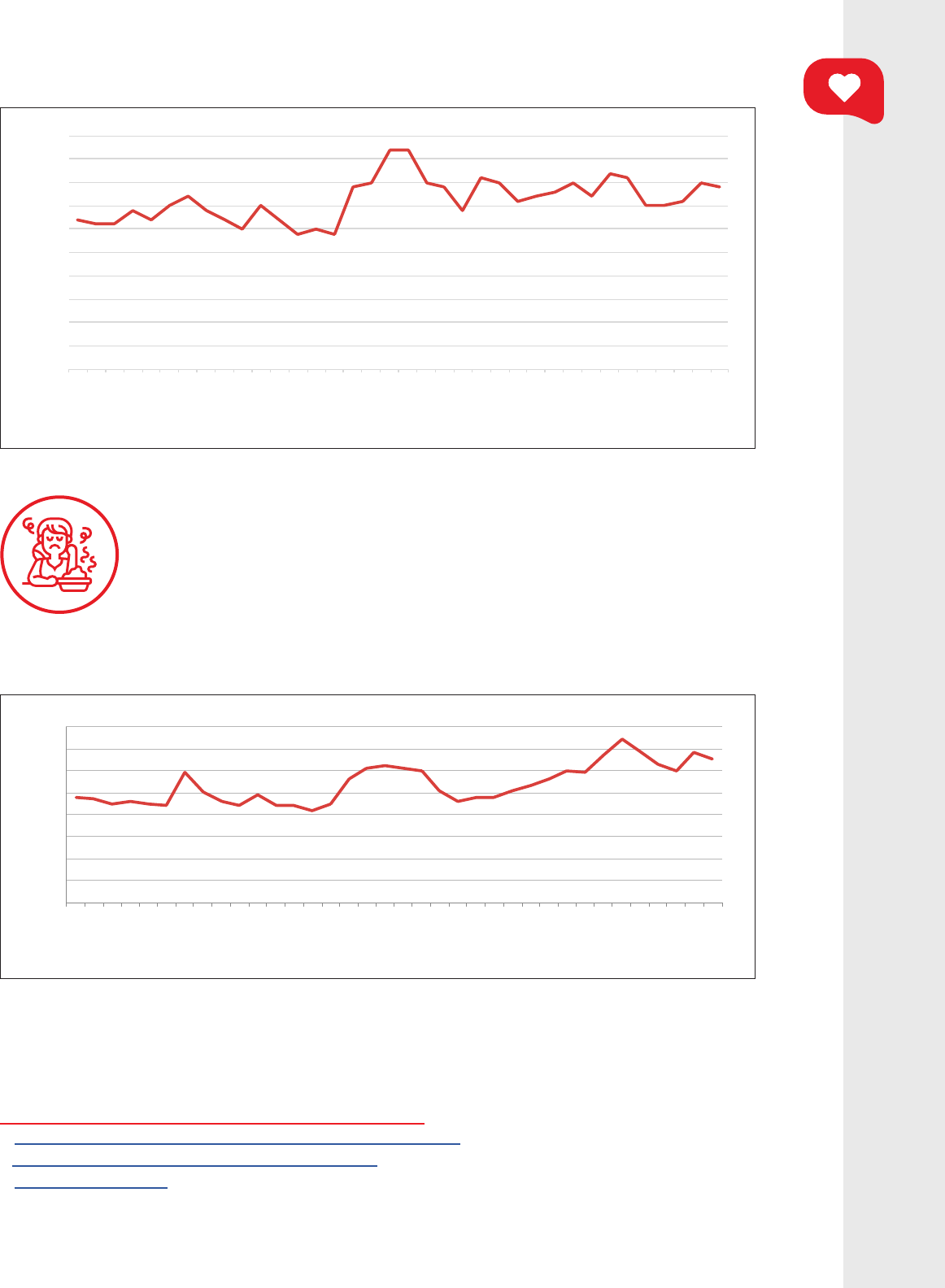
19
Crisis Text Line | How Youth Found Resilience During the Pandemic: Actions Within Reach, October 2022
Figure 6: Youth conversations about grief and bereavement by month (2019-2021) (total n = 289,022)
2.9%
4.7%
0.0%
0 .5%
1.0%
1.5%
2.0%
2.5%
3.0%
3.5%
4.0%
4.5%
5.0%
Jan-19
Feb-19
Mar - 19
Ap r- 19
May-19
Jun-19
J ul- 19
Au g- 19
Sep-19
O ct -1 9
Nov- 19
Dec- 19
Jan-20
Feb-20
Mar - 20
Ap r-20
May-20
Jun-20
J ul- 20
Au g- 20
Sep-20
O ct -2 0
Nov- 20
Dec-20
Jan-21
Feb-21
Mar - 21
Ap r-21
May-21
Jun-21
J ul- 21
Au g- 21
Sep-21
O ct -2 1
Nov- 21
Dec-21
Eating disorders and body image issues: Youth conversations discussing eating
previous year
20
.
Young texters disclosed feeling a loss of control and autonomy during the pandemic, as they could not
achievement and perfectionism
21
, some youth who normally would have focused their energy on school
or extracurriculars may have used their extra time during lockdown to focus on their physical health as a
way to feel productive, accomplished, or to cope with anxiety
22
.
2021
4.2%
7.4%
0.0%
1.0%
2.0%
3.0%
4.0%
5.0%
6.0%
7.0%
8.0%
Jan-19
Feb-19
Ma r - 19
Ap r- 19
Ma y-19
Jun-19
J ul- 19
Au g- 19
Sep-19
O ct -1 9
Nov- 19
Dec- 19
Jan-20
Feb-20
Ma r - 20
Ap r-20
Ma y-20
Jun-20
J ul- 20
Au g- 20
Sep-20
O ct -2 0
Nov- 20
Dec-20
Jan-21
Feb-21
Ma r - 21
Ap r-21
Ma y-21
Jun-21
J ul- 21
Au g- 21
Sep-21
O ct -2 1
Nov- 21
Dec-21
Figure 7: Youth conversations about eating disorders or body issues by month (2019-2021) (total n = 289,022)
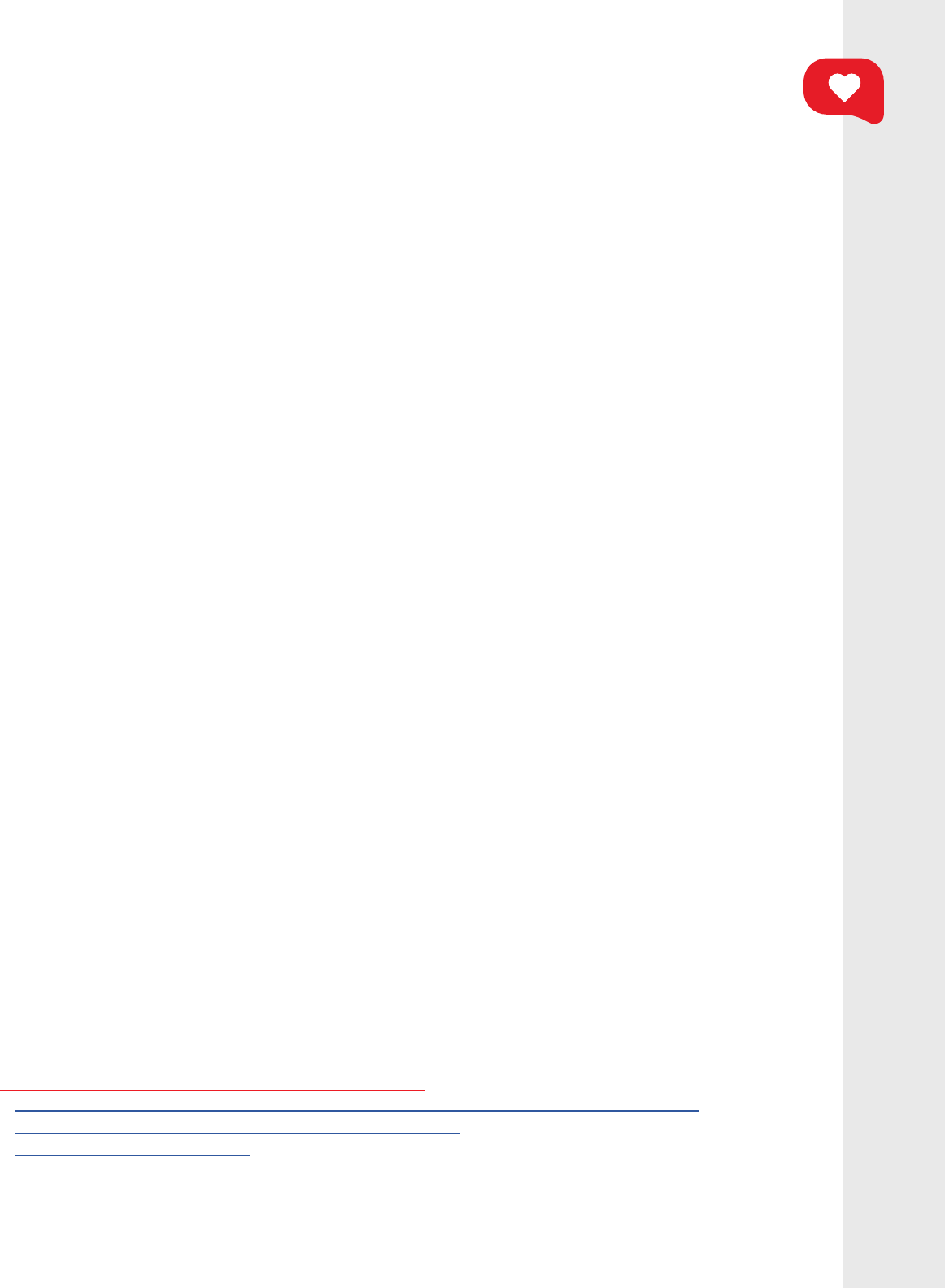
20
Crisis Text Line | How Youth Found Resilience During the Pandemic: Actions Within Reach, October 2022
Other research
23
has suggested that increased media use may be associated with increased risk for
limited for youth in virtual settings
.
Our analyses of group differences detected that the percentage of conversations discussing eating
the proportion of emergency room visits with eating disorders doubled among adolescent females in
2020 and 2021. In addition, our analyses suggest that youth texters identifying as Middle Eastern had the
these possible group differences.
2021

21
Crisis Text Line | How Youth Found Resilience During the Pandemic: Actions Within Reach, October 2022
have worked for the texter in the past. The vCCs may ask a texter how they have been coping with their
of each conversation, where applicable, vCCs are asked to document what coping skills or safety plans
cope with stressors in the future, in their own words. We aim to empower texters and others experiencing
new mechanisms that they can try to help them feel better in times of crises.
Top coping mechanisms
Music was mentioned most frequently as a coping mechanism
that either helped young people in the past, or that they felt would
conversations with youth mentioned music as a coping mechanism
In addition to music, young people suggested a variety of other
strategies that either helped them deal with stress in the past, or felt were a promising strategy they
3. What coping mechanisms did youth mention as being helpful
in 2019, 2020, and 2021? How did mentions of coping
mechanisms change over the course of the pandemic?
“Thank you for giving me the
energy I needed to get up today.
I like listening to music a lot,
and after this conversation, I will
listen to some songs I like.”
Finding 4: Music was the most frequently mentioned coping mechanism across all years and
across both the self-identied youth and predicted youth datasets.
Finding 5: The same top 12 coping mechanisms were mentioned in conversations with youth in both
the self-identied and augmented datasets, suggesting these strategies felt promising for youth.
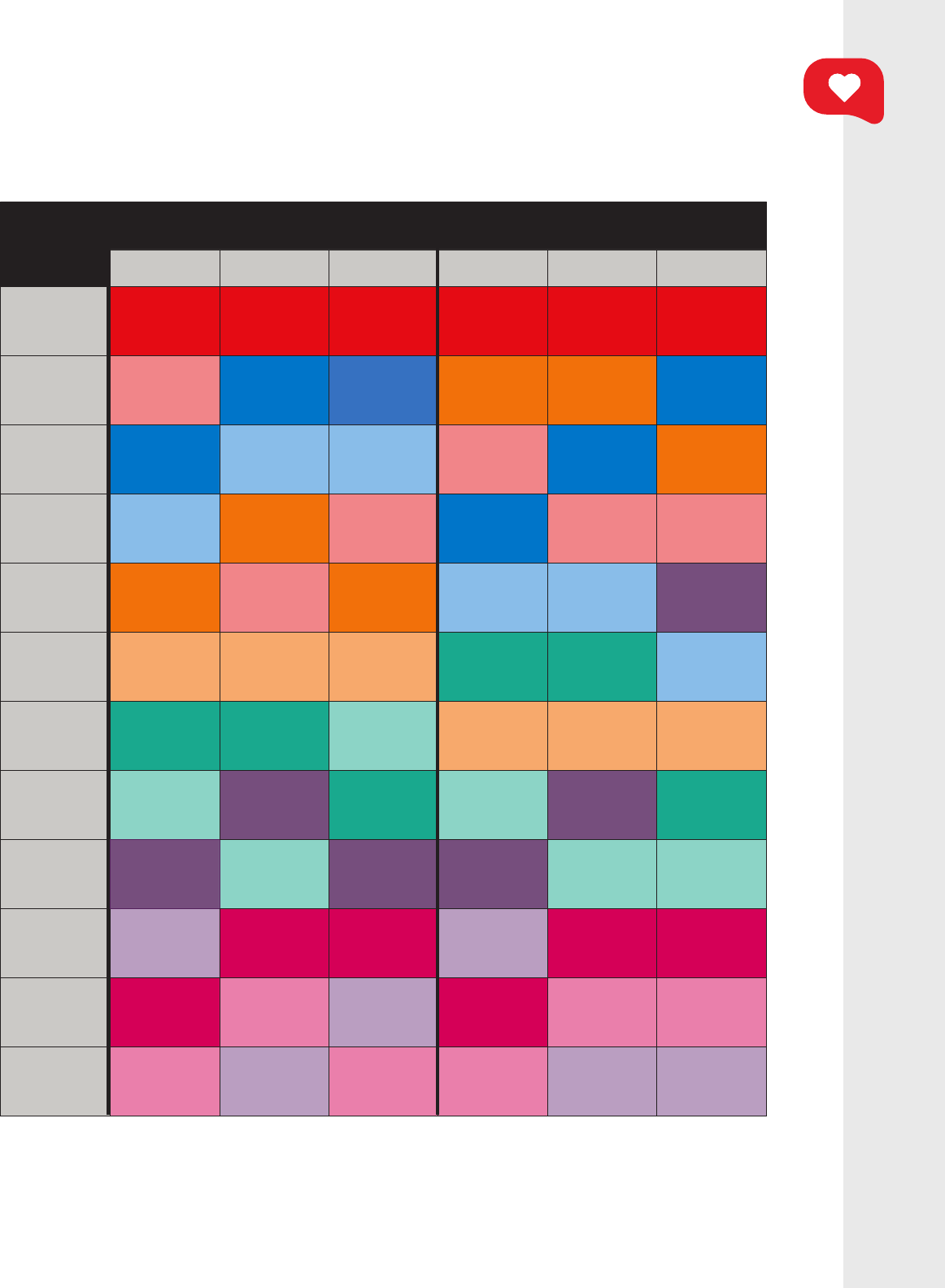
22
Crisis Text Line | How Youth Found Resilience During the Pandemic: Actions Within Reach, October 2022
Following music, these three coping mechanisms were mentioned next in a larger percentage of
conversations with young people across all years and both datasets, suggesting that young people felt
these coping mechanisms were helpful or could be helpful in the future.
Table 3: Top 12 coping mechanisms mentioned in youth conversations by year and dataset
Frequency
rank
Self-identied youth dataset
(total n = 289,022)
Predicted youth ML dataset
(total n = 999,619)
2019 2020 2021 2019 2020 2021
1 Music Music Music Music Music Music
2 Read / write
Sleep /
bathe
Sleep /
bathe
Talk to
friends
Talk to
friends
Sleep /
bathe
3
Sleep /
bathe
Read / write
Sleep /
bathe
Talk to
friends
Talk to
friends
Read / write
Sleep /
bathe
Read / write Read / write
Talk to
friends
Read / write
Talk to
friends
Exercising
6
Watch tv /
videos
Watch tv /
videos
Watch tv /
videos
Connect
with family
Connect
with family
7
Connect
with family
Connect
with family
therapy /
doctor
Watch tv /
videos
Watch tv /
videos
Watch tv /
videos
therapy /
doctor
Exercising
Connect
with family
therapy /
doctor
Exercising
Connect
with family
9 Exercising
therapy /
doctor
Exercising Exercising
therapy /
doctor
therapy /
doctor
10 School Meditation Meditation School Meditation Meditation
11 Meditation
games
School Meditation
games
games
12
games
School
games
games
School School
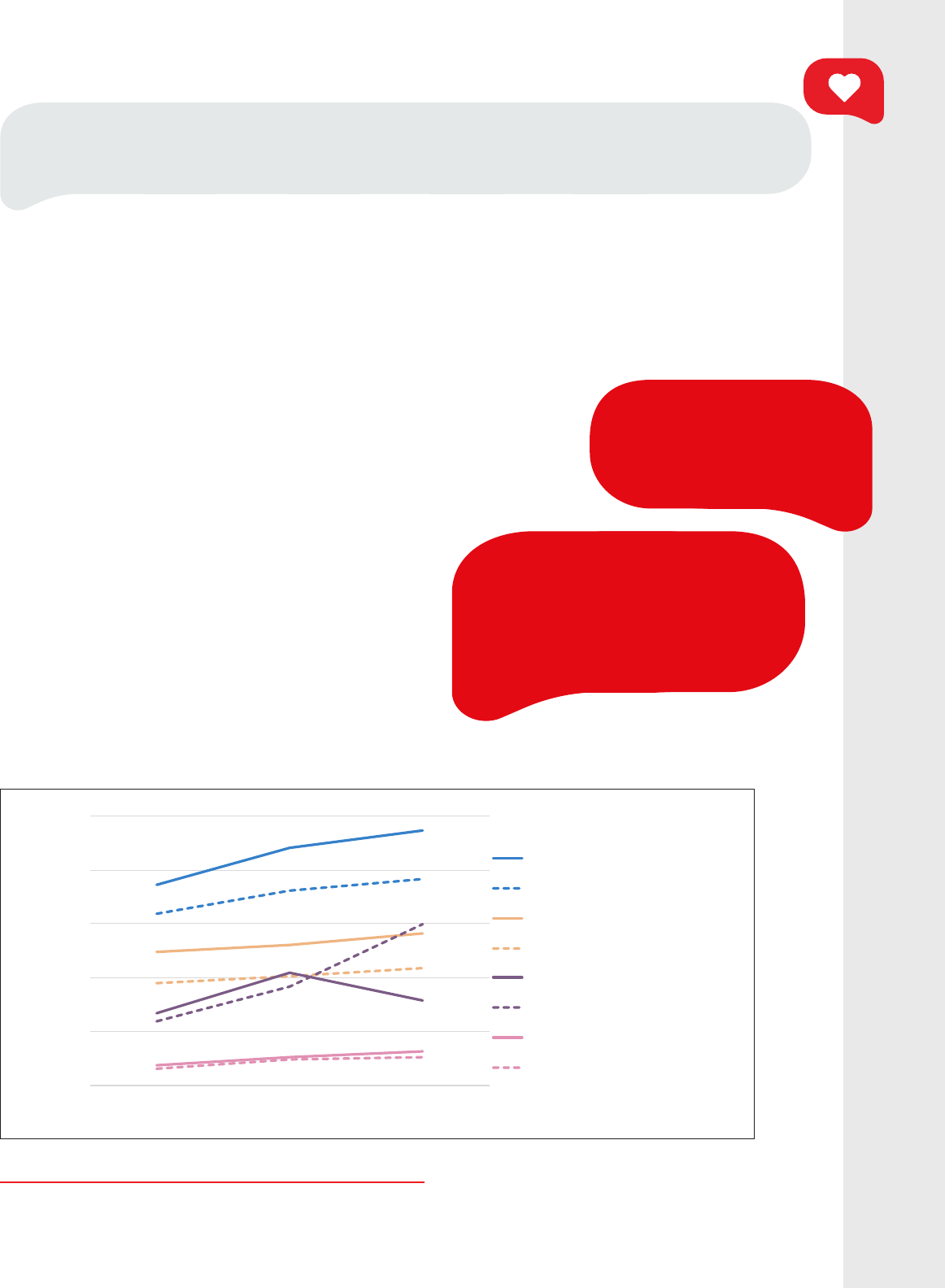
23
Crisis Text Line | How Youth Found Resilience During the Pandemic: Actions Within Reach, October 2022
and videos, playing video games, and exercising
26
Young people were able to rest, nap, sleep, and shower/bathe at possibly
more convenient times during lockdown, and potentially saw value in resting
TikTok to feel better.
year of the pandemic, as they mentioned taking walks,
unning, dancing, doing yoga, and playing basketball or
volleyball to deal with stress. Playing video games as
a strategy was also mentioned in a greater percentage
of conversations over time for both datasets, as youth
described feeling better when connecting with others
0.00%
2 . 00 %
4.00%
6.00%
8.00%
10.00%
2019 2 020 2 021
% of total youth conversations
Year
Sl ee p / sh ow er (s elf -identifie d)
Sl ee p / sh ow er (a u gmen ted )
Watching TV (self-ident ified)
Watching TV (augmented)
Exe rci sing ( sel f-identifi ed)
Exe rci sing ( au gmented)
Video games (self-identified)
Video games (augmented)
Figure 8: Percent of youth conversations that mentioned sleep, watching TV, exercising, and playing video games over
time (self-identied youth total n = 289,022; ML augmented n = 999,916)
Finding 6: The percent of youth conversations that mentioned resting and bathing/showering,
watching TV /videos, playing video games, and exercising as a coping mechanism increased
over time.
“I like to play basketball
or play video games when
I want to distract myself”
“When I’m feeling lonely, I like
making friends online on apps
like Minecraft or Roblox….or any
other video game where I can
nd others to talk to.”
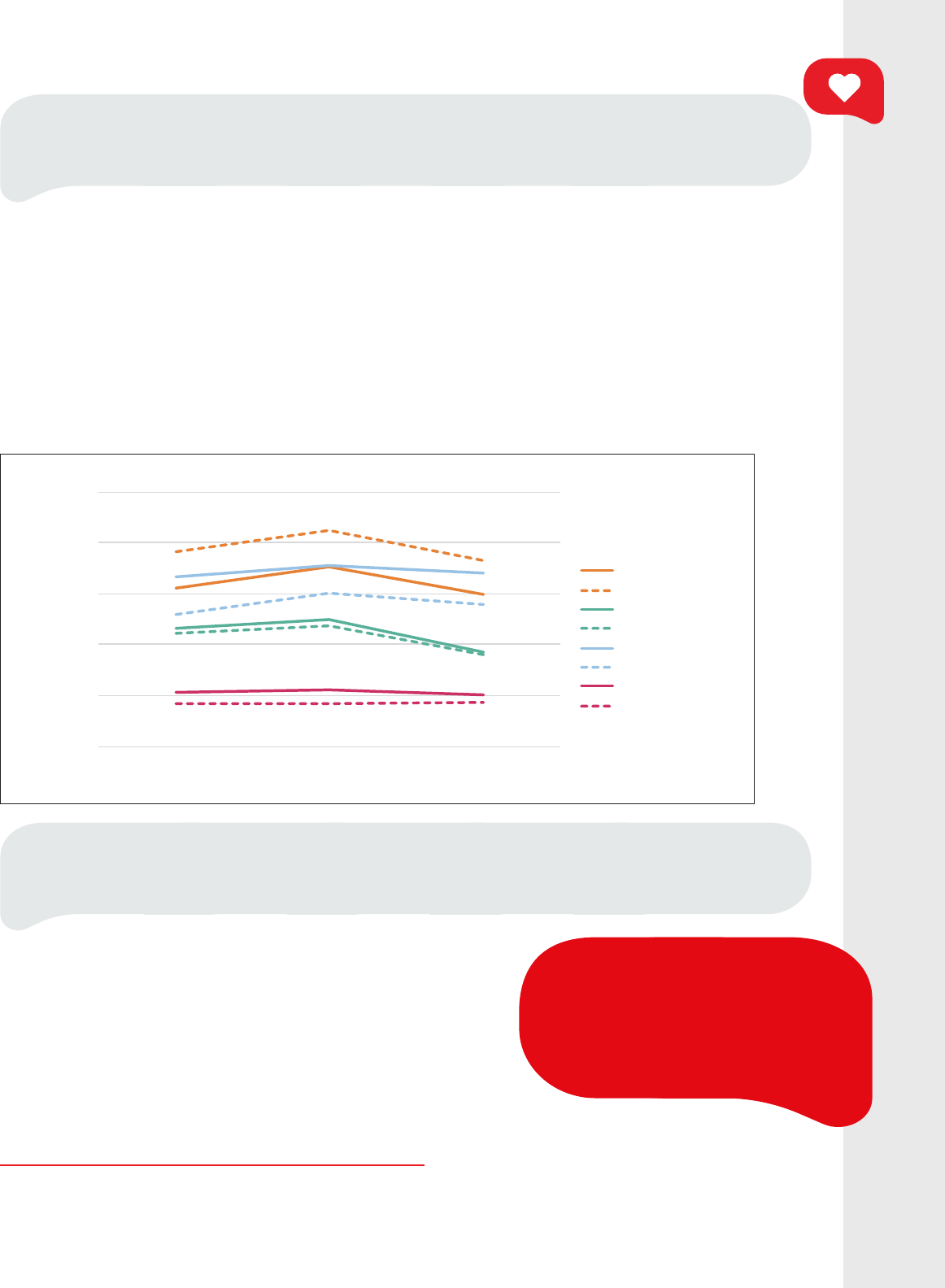
Crisis Text Line | How Youth Found Resilience During the Pandemic: Actions Within Reach, October 2022
0.00%
2 . 00 %
4.00%
6.00%
8.00%
10.00%
2019 2 020 2 021
Percent of total conversations
Year
Friends (self-i dentified)
Friends (a ugment ed)
Family (self- identified)
Family (augmented)
Art (self-identified)
Art (a ugme nt ed)
Meditation (self-identi fied)
Medit ati on (au gmente d)
Figure 9: Percent of youth conversations that mentioned friends, family, art, and meditation over time (self identied
youth total n = 289,022; ML augmented n = 999,619)
Looking at coping mechanisms over time revealed interesting trends. In 2020, more conversations with
in 2020 compared to 2019
27
. These percentages then decreased in 2021, suggesting that youth found
Perhaps unsurprisingly, fewer conversations with youth discussed
learning in 2020, young people felt less able to connect and
draw on school as one way to deal with stressors. Yet, school as
a coping mechanism was mentioned in more conversations in
homework in 2021.
This pattern held except the percentage of conversations mentioning meditation from the augmented dataset was
the same in 2019 and 2020
“My sister just tested positive
for COVID…I am so low and
feeling anxious. I miss my
school counselor so much.”
Finding 7: Talking with friends and family, engaging in art, and meditation or breathing
exercises were salient coping mechanisms in 2020 after the onset of the pandemic, but
were mentioned less often in 2021.
Finding 8: A smaller percentage of conversations with youth mentioned school as a coping
mechanism from 2019-2020.
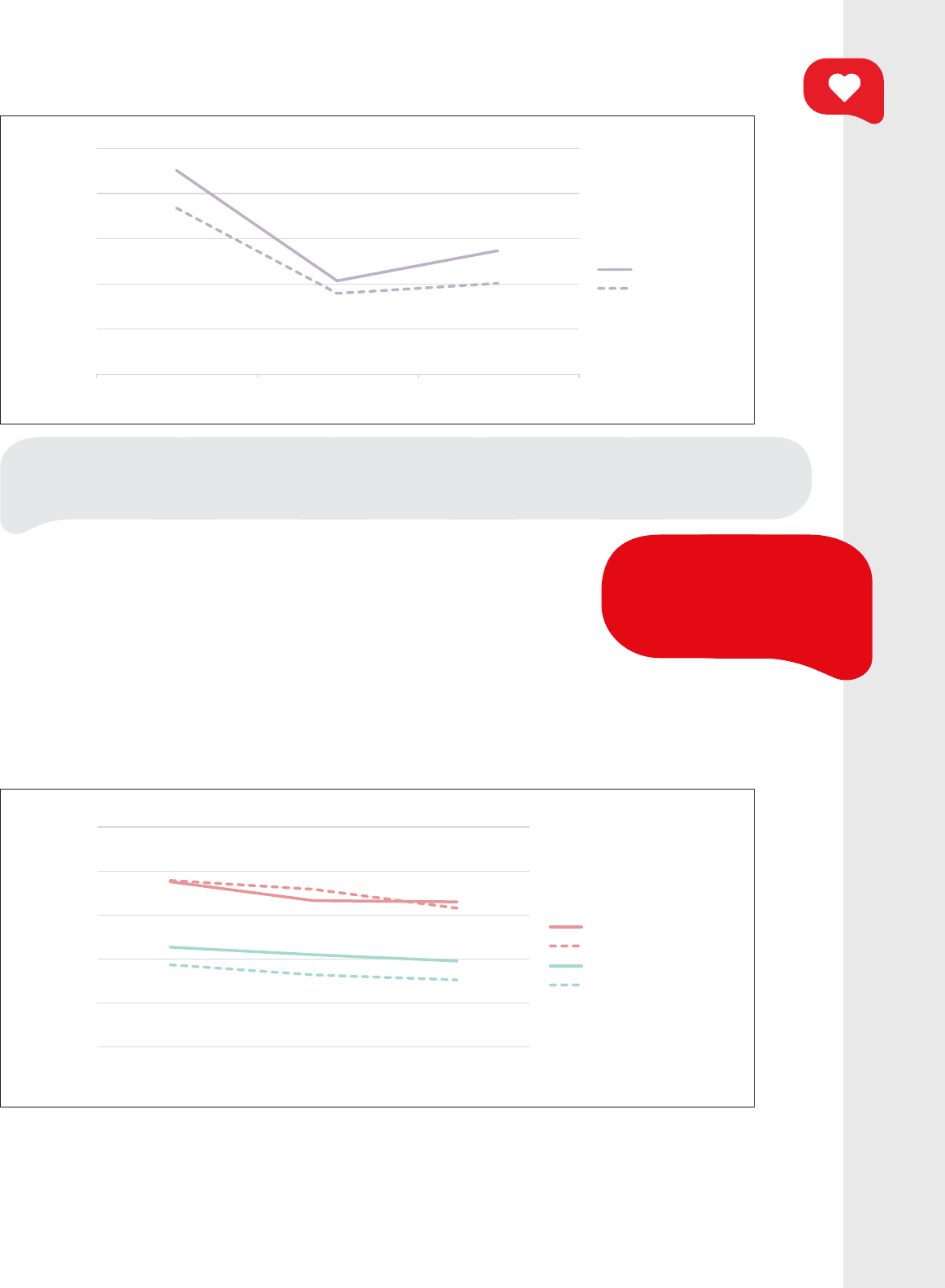
Crisis Text Line | How Youth Found Resilience During the Pandemic: Actions Within Reach, October 2022
novels and comics that I could read again.” as some therapy possibly moved
sessions, and therapists may have been overwhelmed with appointments or
reading and writing, and accessing therapy, were mentioned in fewer conversations with youth over time.
Thus, young people drew on a variety of coping mechanisms both before and after the pandemic. While
the proportion of Crisis Text Line conversations that discussed different types of coping mechanisms
in the future.
0.00%
0.50%
1.00%
1.50%
2 . 00 %
2.50%
2019 2 020 2 021
% of total youth conversations
Date
School (self-identified)
Sc ho ol (a ugmente d)
Figure 10: Percent of youth conversations that mentioned school-related strategies over time (self-identied youth
total n = 289,022; ML augmented n = 999,619)
0.00%
2 . 00 %
4.00%
6.00%
8.00%
10.00%
2019 2 020 2 021
% of total youth conversations
Year
Reading / writing (self-identified)
Reading / writing (augmented)
The rapy ( self-identif ied)
Therapy (augmented)
Figure 11: Percent of youth conversations that mentioned reading/writing and therapy over time (self-identied youth
total n = 289,022; ML augmented n = 999,619)
“I don’t really watch TV, but
reading makes me feel good.
I have some novels and comics
that I could read again.”
Finding 9: The percent of youth conversations that mentioned reading and writing, and accessing
therapy, decreased over time.
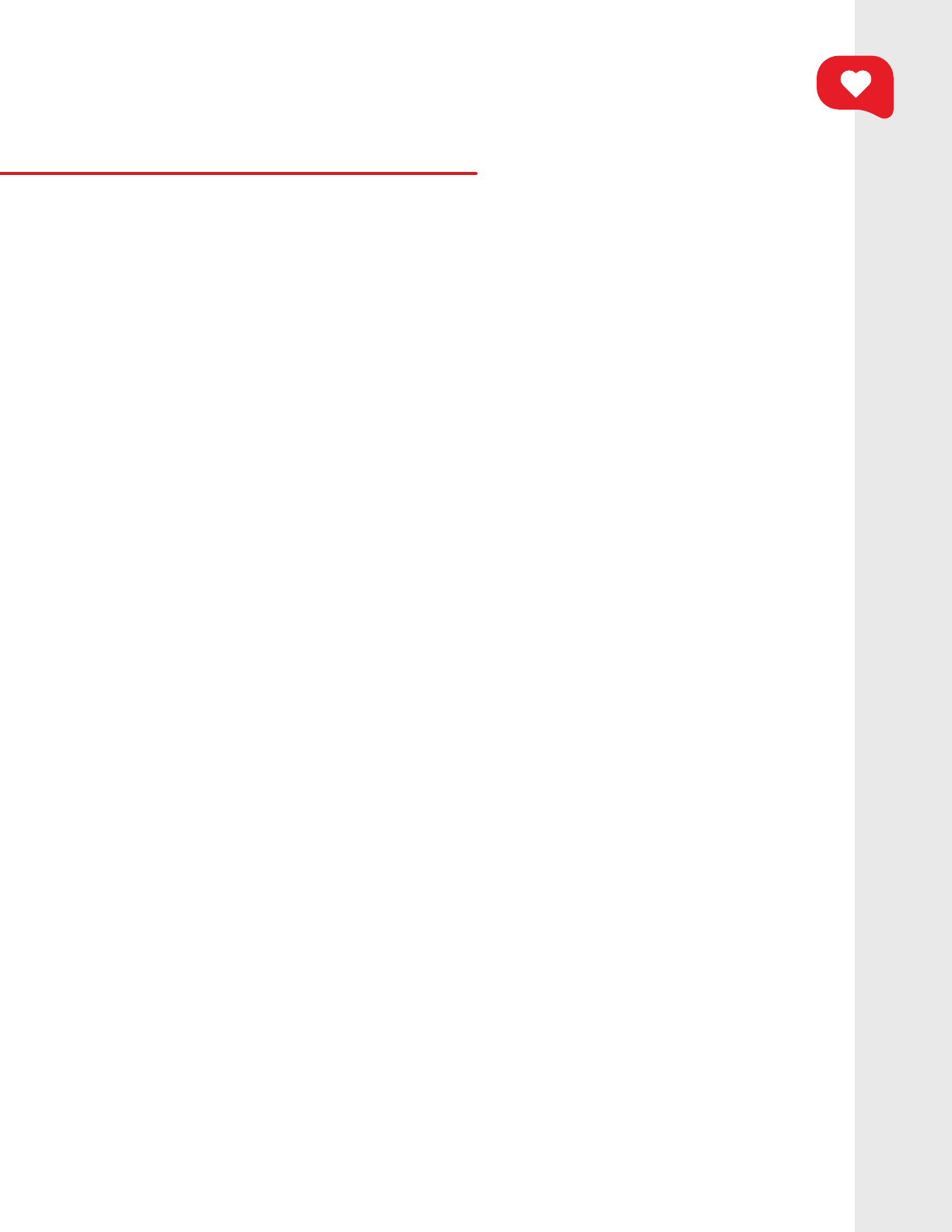
26
Crisis Text Line | How Youth Found Resilience During the Pandemic: Actions Within Reach, October 2022
There are a number of important limitations to this study. First, our texters are not representative of
in identifying and tagging issue tags and coping mechanisms can introduce measurement errors and
inconsistencies. Some vCCs may have used different words to describe similar coping mechanisms, so our
dataset may be undercounting some coping mechanisms. Our analyses of coping mechanisms included
texters themselves, and we make no claims as to whether these coping mechanisms may be clinically
needed to explore the coping mechanisms that young texters suggest might help them feel better from a
differences observed, for example stress and anxiety, isolation and loneliness, grief and bereavement,
analyses, and more time will be needed beyond this report.
Limitations
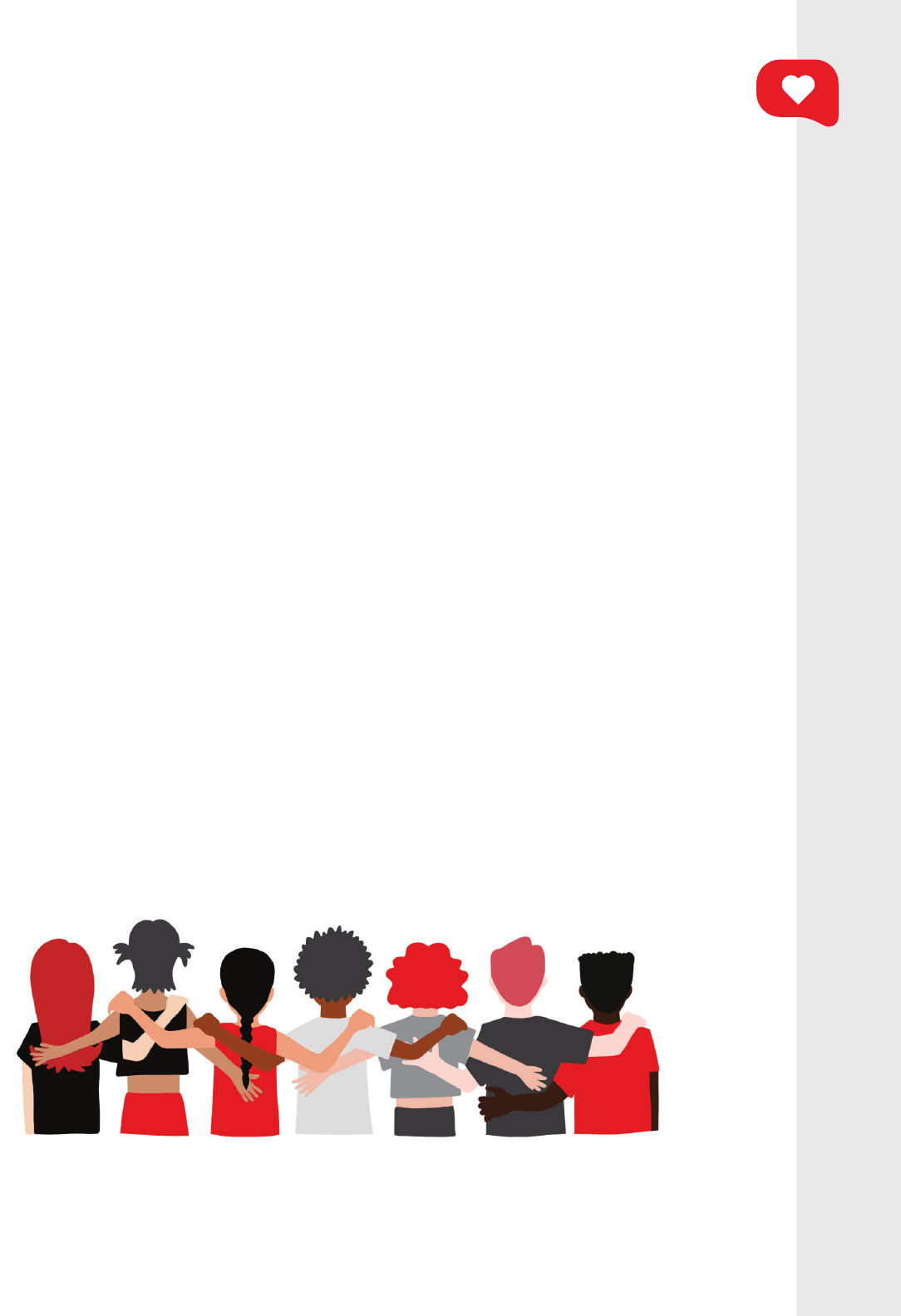
27
Crisis Text Line | How Youth Found Resilience During the Pandemic: Actions Within Reach, October 2022
qualitative analyses can help shed light onto the reasons behind potential group differences, to help
make meaning of how and why such differences exist.
Despite these limitations, our dataset offers rich information about issues young people faced before and
during the pandemic, and coping mechanisms that helped them feel better. Real stories from real youth
in crisis might challenge preexisting assumptions some may have regarding the issues youth are facing
today. Furthermore, hearing about the different and varied strategies that have helped youth cope in
moments of crisis as shared by young people themselves may empower others to reach out for help, and
may remind caregivers, teachers, and young people themselves of strategies they have within their reach
remove logistical and other barriers to coping mechanisms, so that youth are more able to access support
when needed.
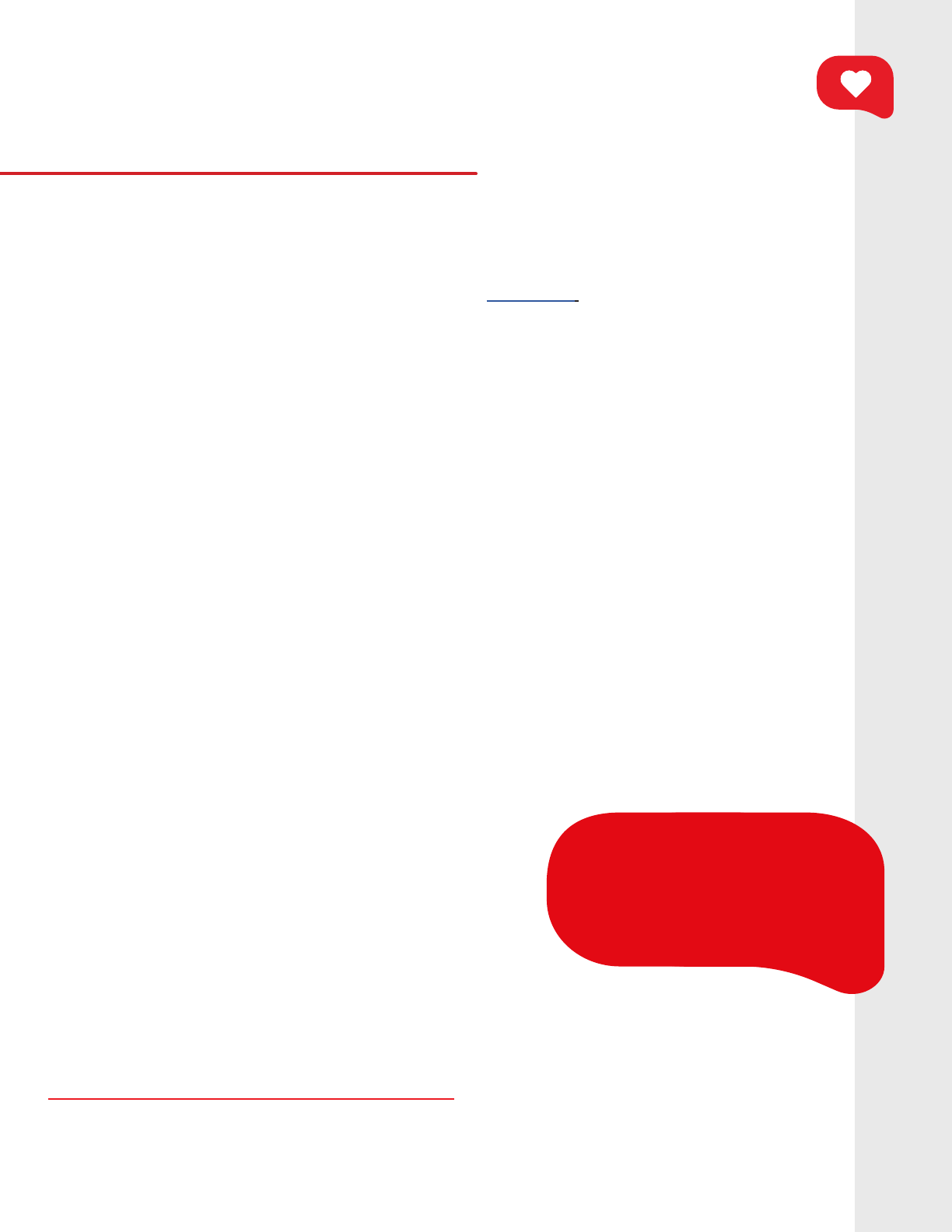
Crisis Text Line | How Youth Found Resilience During the Pandemic: Actions Within Reach, October 2022
Discussion and Implications
How can we use these learnings to help support youth mental
health this coming year?
room visits, suicide attempts, and major depressive episodes rose sharply between 2007 and 2019. Mental
young people, caregivers, educators, and policymakers to consider ways to support youth mental health.
from 2019 to 2020, suggesting youth faced mental health challenges and that disrupted their sleep during
during the pandemic were depression/sadness, stress/anxiety, relationships, suicide, and isolation. We saw
bereavement, and eating disorders and body image issues between 2019 and 2021, suggesting these issues
may need particular attention as we look to the coming year.
We also found that youth showed resilience and drew on a variety of coping mechanisms within their reach
to help them feel better. Confronted with the growing youth mental health crisis, many young people
moments of pain. While music was mentioned the most in conversations, young people also discussed
reading, writing, art, sleeping, bathing, and meditating to help them calm down. Talking with friends and
by youth. While there were different patterns in our data, we found that these top 12 coping mechanisms
necessarily requiring additional resources and funding.
We also found that youth showed
resilience and drew on a variety of
coping mechanisms within their
reach to help them feel better.

29
Crisis Text Line | How Youth Found Resilience During the Pandemic: Actions Within Reach, October 2022
This study has implications on actions within reach for multiple stakeholder groups concerned with
improving mental health and crisis support for young people, from young people themselves to
caregivers, relatives, educators, and policymakers working to protect and improve mental health
outcomes for young people.
Young people: Consider simple activities that can be part of your daily life that you may notice help you
reading, doing art, and playing or listening to music, and talking with friends or family were all top coping
a list of coping mechanisms that work for you, and ask your friends what helps them cope with stressful
feelings. Encourage yourself and your friends to refer back to your list and explore new ways of coping
in times of crisis. Sometimes, you may need a little extra support, even after you use all of your coping
mechanisms. In those moments, practice asking for help from a friend or trusted adult.
Caregivers and Relatives: Listen to the young people in your lives and try to support them in old and new
activities may be supporting the young person in coping with daily stressors. Consider creating spaces
to listen and ask questions about what helps them manage their feelings in times of stress or crisis. Help
young people in your life foster a sense of connection by providing opportunities for them to spend time
with their friends or relatives in person or engage safely in online communities, like TikTok or gaming
servers. Perhaps discuss therapy with them as an option for additional support. If therapy is inaccessible for
your family, consider reaching out to your youth’s school to explore what resources, if any, the school may
be able to provide. If it appears they are struggling to identify ways to cope, offer a suggestion from the
list we’ve shared based on what you know about them personally. Don’t forget to take care of yourself and
your life.
Educators: Keep a list of coping mechanisms at the ready in your school setting to help your students go
daily stressors. Carve out time and dedicated space for engaging in coping mechanisms throughout the
school day. This is a great opportunity to listen and collaborate, as your students likely have their own ideas
about what might help them feel calm throughout the school day. Young people who used our service, for
instance, suggested a range of relaxation techniques and creative activities that helped them feel calm
journaling, and creating different forms of art. It may feel like an unconventional or uncomfortable shift in
mental health by exploring new ways to incorporate these options into the classroom or common school
spaces.
Policymakers:
for young people. Support ways for young people to engage in coping tools like art, meditation, and music
accessible to youth across diverse communities and regions to help them thrive.
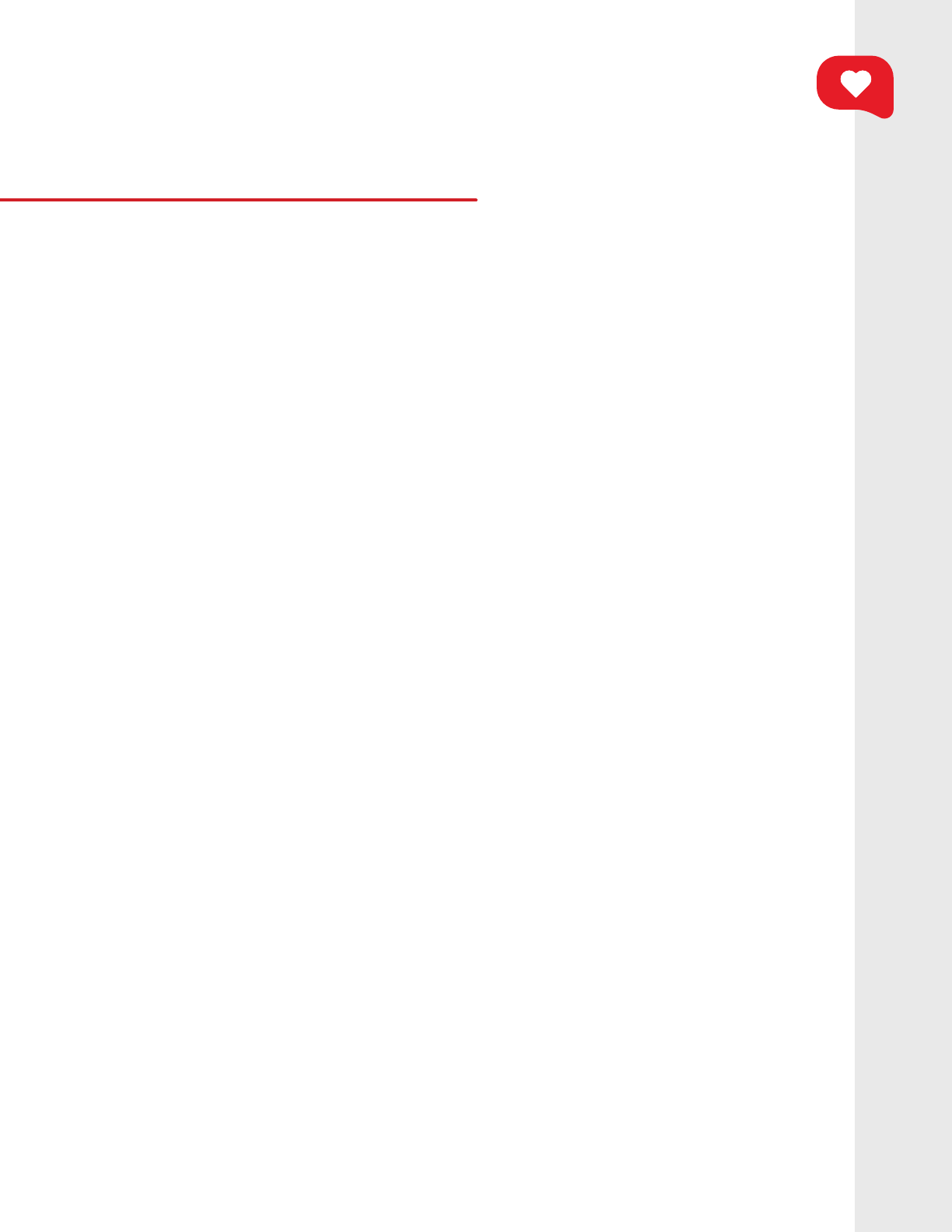
30
Crisis Text Line | How Youth Found Resilience During the Pandemic: Actions Within Reach, October 2022
This study sheds light on the most pressing crises on the minds of young people when they reached out
potential emerging trends of concern. Importantly, beyond shedding further light on the scope of the
youth mental health crisis at hand, this study offers valuable insights to caregivers/relatives, educators,
better in moments of pain, and improve their wellbeing and overall feelings of resilience.
research to explore youth crises and coping mechanisms across demographics, as well as leverage
coping mechanisms that youth have shared to improve clinical outcomes. This study also has important
algorithm, we were able to begin to explore how patterns in coping mechanisms were similar and different
themselves. In this study, we focused on predicting age but by controlling for additional demographic
advance equity and inclusion.
insights based on what hundreds of thousands of young people have shared about coping mechanisms
Conclusion
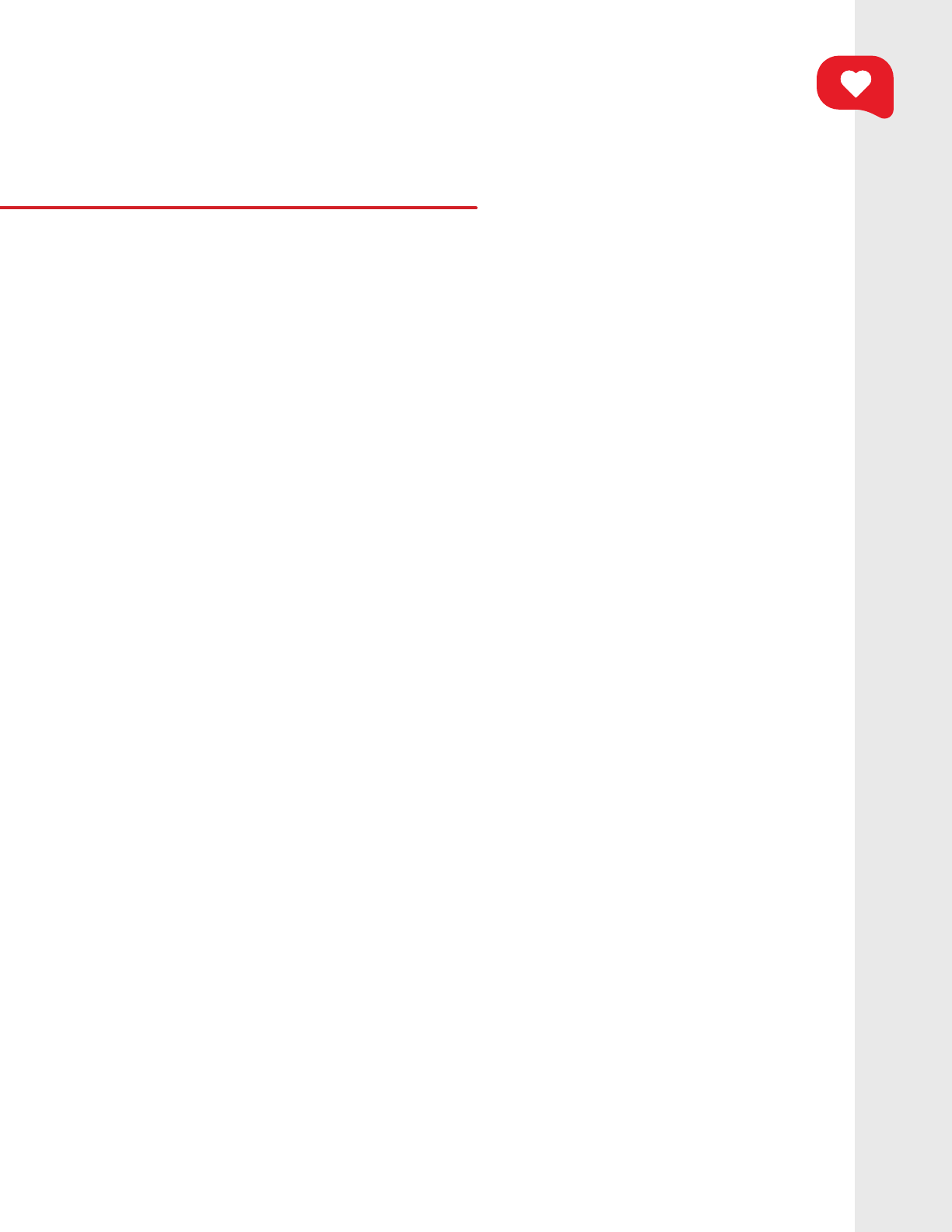
31
Crisis Text Line | How Youth Found Resilience During the Pandemic: Actions Within Reach, October 2022
Appendix A: Texter post-conversation
survey
Survey Privacy Policy:
You can skip questions.
2. If yes, how helpful was it?
the world to them. The more you share how the conversation helped you, the more it will give your Crisis
may give counselors the energy to keep supporting people in crisis, day after day, and inspire others to join
or support Crisis Text Line.

32
Crisis Text Line | How Youth Found Resilience During the Pandemic: Actions Within Reach, October 2022
Why we ask these questions: We want to make sure we are reaching and providing a good experience
service and to report to our partners and the public about who we serve.
6. What is your ZIP code?
7. How old are you?
[ ] Boy/Man
[ ] Intersex
[ ] Trans
[ ] Trans Masculine
[ ] Trans Feminine
[ ] Two Spirit
[ ] Prefer not to answer
[ ] Write in how you identify: _________________________________________________

33
Crisis Text Line | How Youth Found Resilience During the Pandemic: Actions Within Reach, October 2022
9. Sexual identity. How do you identify? Please select all that apply.
[ ] Bisexual
[ ] Lesbian
[ ] Pansexual
[ ] Queer
[ ] Questioning
[ ] Straight or Heterosexual
[ ] Not sure
[ ] Prefer not to answer
[ ] Write in how you identify: _________________________________________________
10. How do you identify? If you are biracial, multiracial or multicultural, please select all that apply. You will
have a chance to add more details on your ethnicity or origin after this question.
[ ] Latino / Latina / Latinx / Latine or Hispanic
[ ] White
Hidden unless: #10 Question “How do you identify? If you are biracial, multiracial or multicultural, please
select all that apply. You will have a chance to add more details on your ethnicity or origin after this

Crisis Text Line | How Youth Found Resilience During the Pandemic: Actions Within Reach, October 2022
11. If you would like to share more on your ethnicity or origin, please choose all options that apply to you
[ ] Chinese
[ ] Filipino
[ ] Japanese
[ ] Korean
[ ] Write, for example, Pakistani, Cambodian, Hmong, etc.: ____________________________________
Logic: Hidden unless: #10 Question “How do you identify? If you are biracial, multiracial or multicultural,
please select all that apply. You will have a chance to add more details on your ethnicity or origin after this
12. If you would like to share more on your ethnicity or origin, please choose all options that apply to you
and/or write in your answer. You are seeing these options because you checked the box for “Black or
[ ] Ethiopian
[ ] Haitian
[ ] Jamaican
[ ] Nigerian
[ ] Somali
Logic: Hidden unless: #10 Question “How do you identify? If you are biracial, multiracial or multicultural,
please select all that apply. You will have a chance to add more details on your ethnicity or origin after this
13. If you would like to share more on your ethnicity or origin, please choose all options that apply to you
and/or write in your answer. You are seeing these options because you checked the box for “Latino / Latina
/ Latinx / Latine or Hispanic.”
[ ] Colombian
[ ] Cuban
[ ] Dominican
[ ] Puerto Rican
[ ] Salvadoran

Crisis Text Line | How Youth Found Resilience During the Pandemic: Actions Within Reach, October 2022
Logic: Hidden unless: #10 Question “How do you identify? If you are biracial, multiracial or multicultural,
please select all that apply. You will have a chance to add more details on your ethnicity or origin after this
you and/or write in your answer. You are seeing these options because you checked the box for “Middle
[ ] Egyptian
[ ] Iranian
[ ] Israeli
[ ] Lebanese
[ ] Moroccan
[ ] Syrian
Logic: Hidden unless: #10 Question “How do you identify? If you are biracial, multiracial or multicultural,
please select all that apply. You will have a chance to add more details on your ethnicity or origin after this
Logic: Hidden unless: #10 Question “How do you identify? If you are biracial, multiracial or multicultural,
please select all that apply. You will have a chance to add more details on your ethnicity or origin after this
16. If you would like to share more on your ethnicity or origin, please choose all options that apply to
you and/or write in your answer. You are seeing these options because you checked the box for “Native
[ ] Chamorro
[ ] Fijian
[ ] Marshallese
[ ] Native Hawaiian
[ ] Samoan
[ ] Tongan
[ ] Write, for example, Palauan, Tahitian, Chuukese, etc.: ______________________________________
Logic: Hidden unless: #10 Question “How do you identify? If you are biracial, multiracial or multicultural,
please select all that apply. You will have a chance to add more details on your ethnicity or origin after this
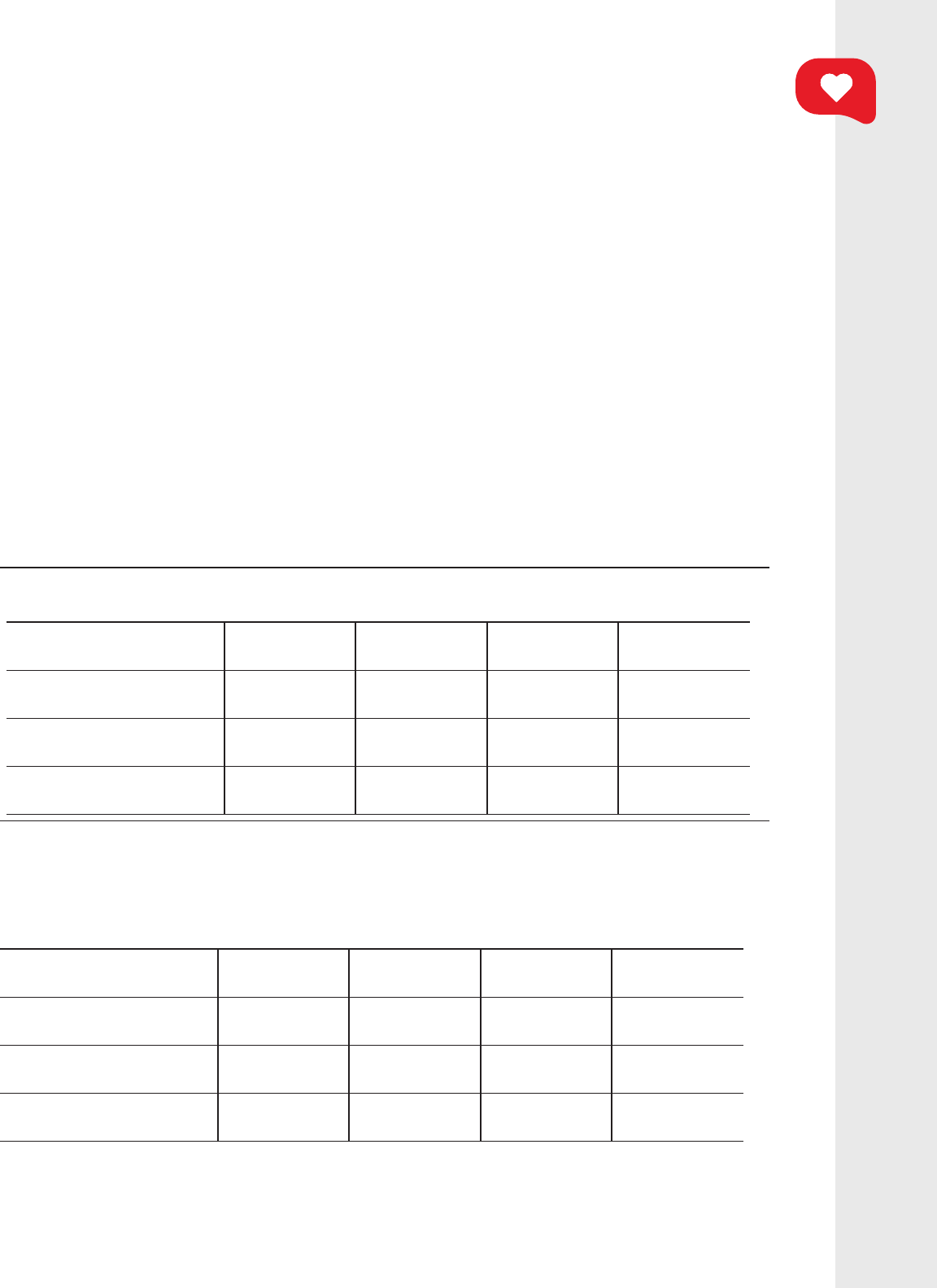
36
Crisis Text Line | How Youth Found Resilience During the Pandemic: Actions Within Reach, October 2022
17. If you would like to share more on your ethnicity or origin, please choose all options that apply to you
and/or write in your answer. You are seeing these options because you checked the box for “White.”
[ ] English
[ ] French
[ ] Irish
[ ] Italian
[ ] Polish
[ ] Write, for example, Scottish, Norwegian, Dutch, etc.:
Now, we’re going to ask you a few questions about your experience using Crisis Text Line today.
today.
Not at all Several days
More than half
the days
Nearly every
day
Feeling nervous, anxious
or on edge
Not being able to stop or
control worrying
Little interest or pleasure
in doing things
Feeling down, depressed,
or hopeless
19. Over the last 2 weeks, how often have you been bothered by the following problems?
Not at all Several days
More than half
the days
Nearly every
day
Feeling nervous, anxious
or on edge
Not being able to stop or
control worrying
Little interest or pleasure
in doing things
Feeling down, depressed,
or hopeless

37
Crisis Text Line | How Youth Found Resilience During the Pandemic: Actions Within Reach, October 2022
20. In your conversation, did you mention an experience or feelings that you have not shared with anyone
else?
[ ] From a family member or friend
[ ] Media or social media
post, if possible.

Crisis Text Line | How Youth Found Resilience During the Pandemic: Actions Within Reach, October 2022
[ ] Yes, with friends or family
[ ] Yes, online
[ ] No
For this next question, we want to understand if you have access to guns and how you secure them safely
if you do.
_______________________________________

39
Crisis Text Line | How Youth Found Resilience During the Pandemic: Actions Within Reach, October 2022
Appendix B: vCC post-conversation survey
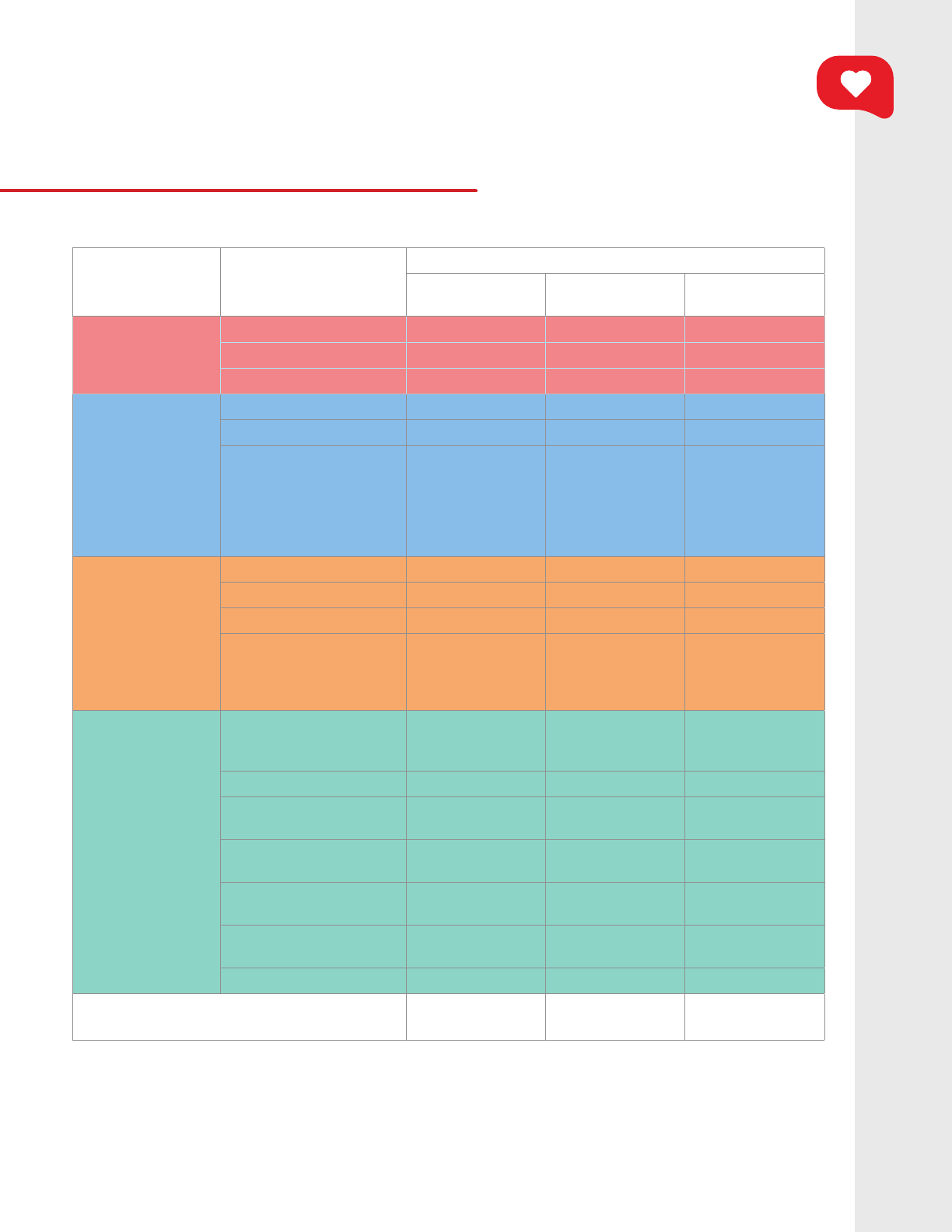
Crisis Text Line | How Youth Found Resilience During the Pandemic: Actions Within Reach, October 2022
Appendix C: Demographics of youth
texters (2019-2021)
Table 4: Demographics of youth who completed the post-texter survey
Demographic
category
Demographic sub-
category
# of conversations
2019 (total
n=95,567)
2020 (total
n=101,635)
2021 (total
n=91,820)
10 or younger 31,672 29,030
11 years old to 13 years old 69,962
7,992
Boy/man 11,261
Trans, Trans Masculine,
Trans Feminine, Two
1,639
Sexual identity
Bisexual 9,117
Straight or Heterosexual
Other Sexual Identities
Pansexual, Queer,
36,619
Racial/ethnic
identity
10,911
Latino / Latina / Latinx /
Latine or Hispanic
16,133
Middle Eastern, North
1,793
3,339
Islander
1,033
White
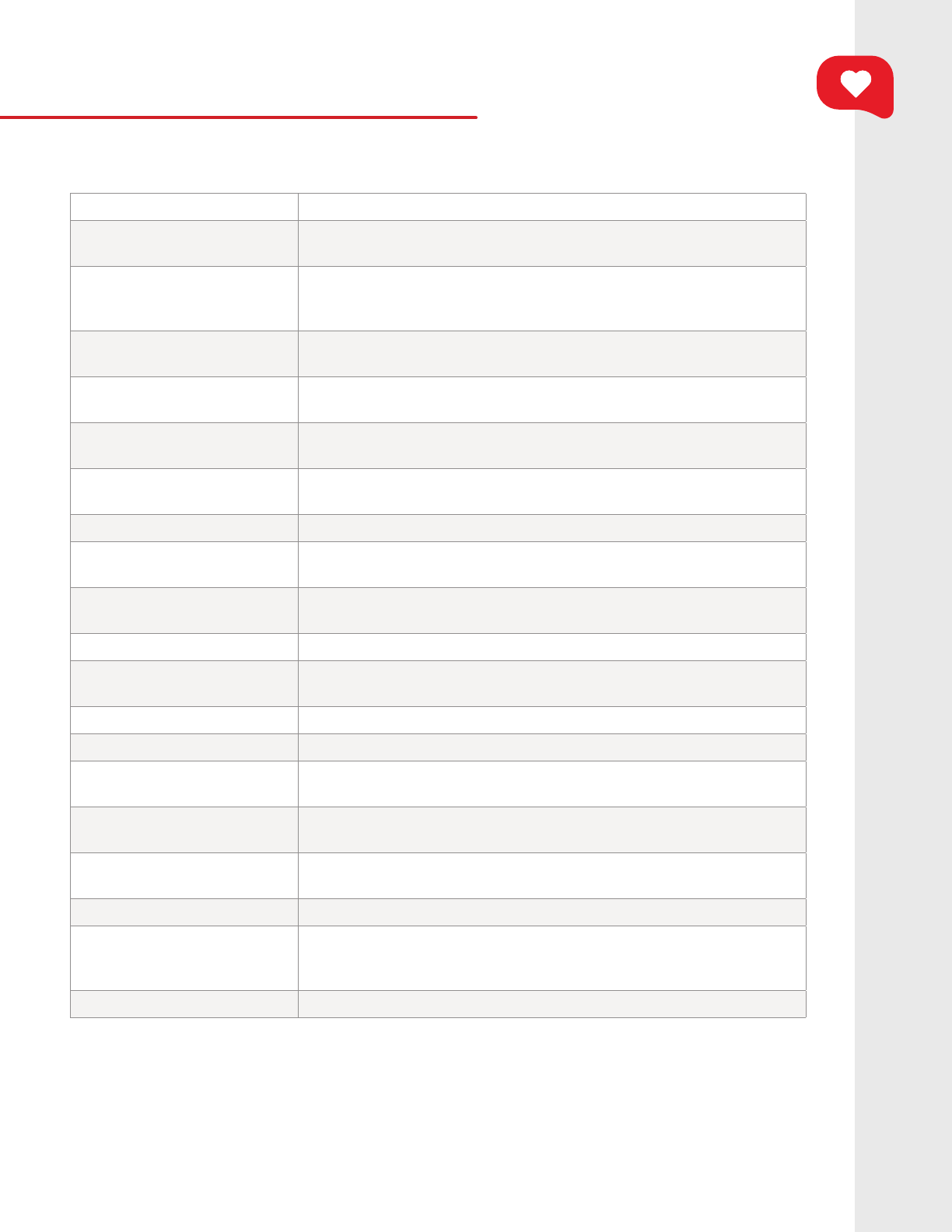
Crisis Text Line | How Youth Found Resilience During the Pandemic: Actions Within Reach, October 2022
Appendix D: Denitions of ‘issue tags’
Table 5: Issue tag denitions
Issue Denition
Intentional or unwanted contact close to their body. Includes: hitting,
scratching, biting, strangling, throwing objects, preventing from
leaving.
or taking advantage of them without ability to give consent.
that does not fall into physical, emotional, or sexual abuse.
pressure.
Bullying
attacking physically/verbally, or excluding from a group.
Depression/Sadness
Persistent feelings of sadness: may include inactivity, hopelessness,
trouble thinking/concentrating, change in appetite.
Eating/Body Image
Focusing too much on weight, body shape, and food. Dangerous or
abnormal eating behaviors.
Election/Inauguration Mentions of the election or inauguration.
Sexual orientation, gender identity, gender expression, gender
transition, or other topic related to gender or sexual identity.
Mourning after a loss, especially after the death of a loved one.
Isolation/Loneliness Feeling alone, companionless, unsupported, isolated
Racism
Mentions of racial stigma, racial trauma, racial tensions and/or racial
discrimination.
Relationships
Concerns, stress, or preoccupation with family, friends, romantic
relationships, or other relationships.
Deliberately harming the surface of their body, such as cutting or
burning oneself.
Suicide
planning suicide.
Other
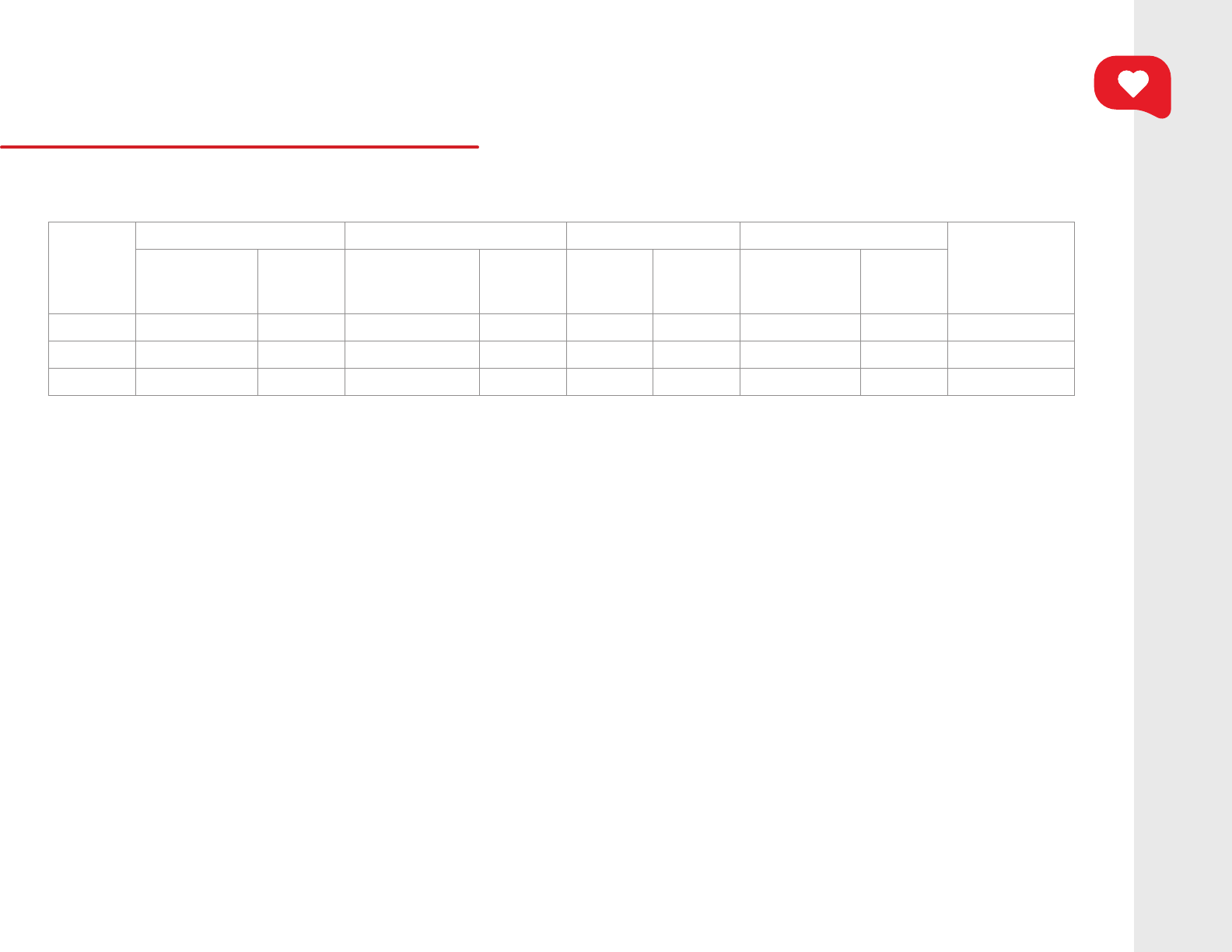
Crisis Text Line | How Youth Found Resilience During the Pandemic: Actions Within Reach, October 2022
Appendix E: Data details
Table 6: Number of youth conversations by time of day and year
Year
…12am - 6am … 6 am - 12pm … 12 pm - 6pm … 6 pm - 12 am
Total youth
conver-sations
# of youth
conver-sations
% of
yearly
total
# of youth
conver-sations
% of
yearly
total
# of youth
conver-
sations
% of
yearly
total
# of youth
conver-
sations
% of
yearly
total
2019 10,669 91,773
2020
2021 12,773
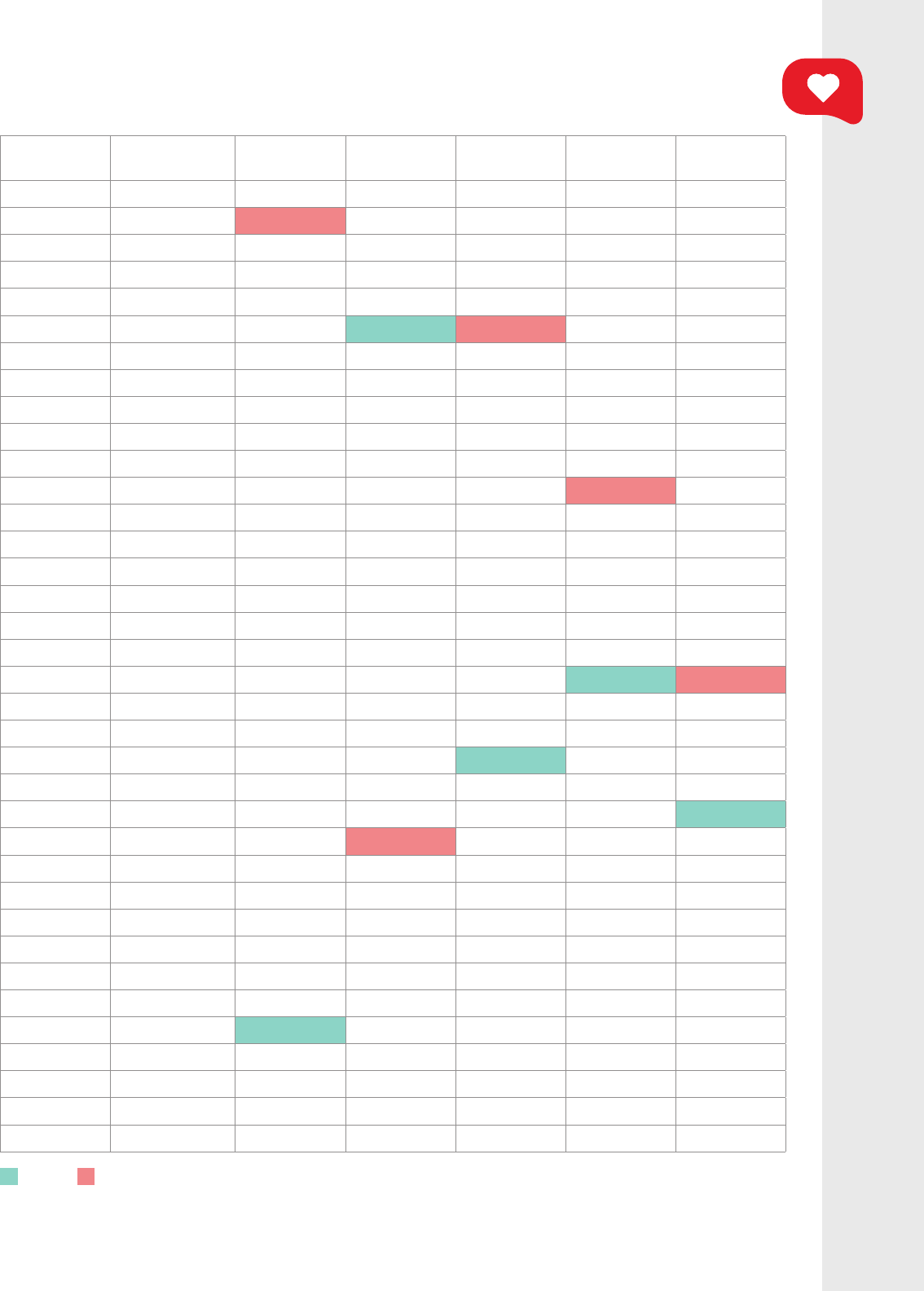
Crisis Text Line | How Youth Found Resilience During the Pandemic: Actions Within Reach, October 2022
Table 7: Top ve youth stressors by month
Month
# of youth
conversations
Depression
and Sadness
Stress and
Anxiety
Relationships Suicide Isolation
9027
9236
12772
9977
7961
7100
6991
7027
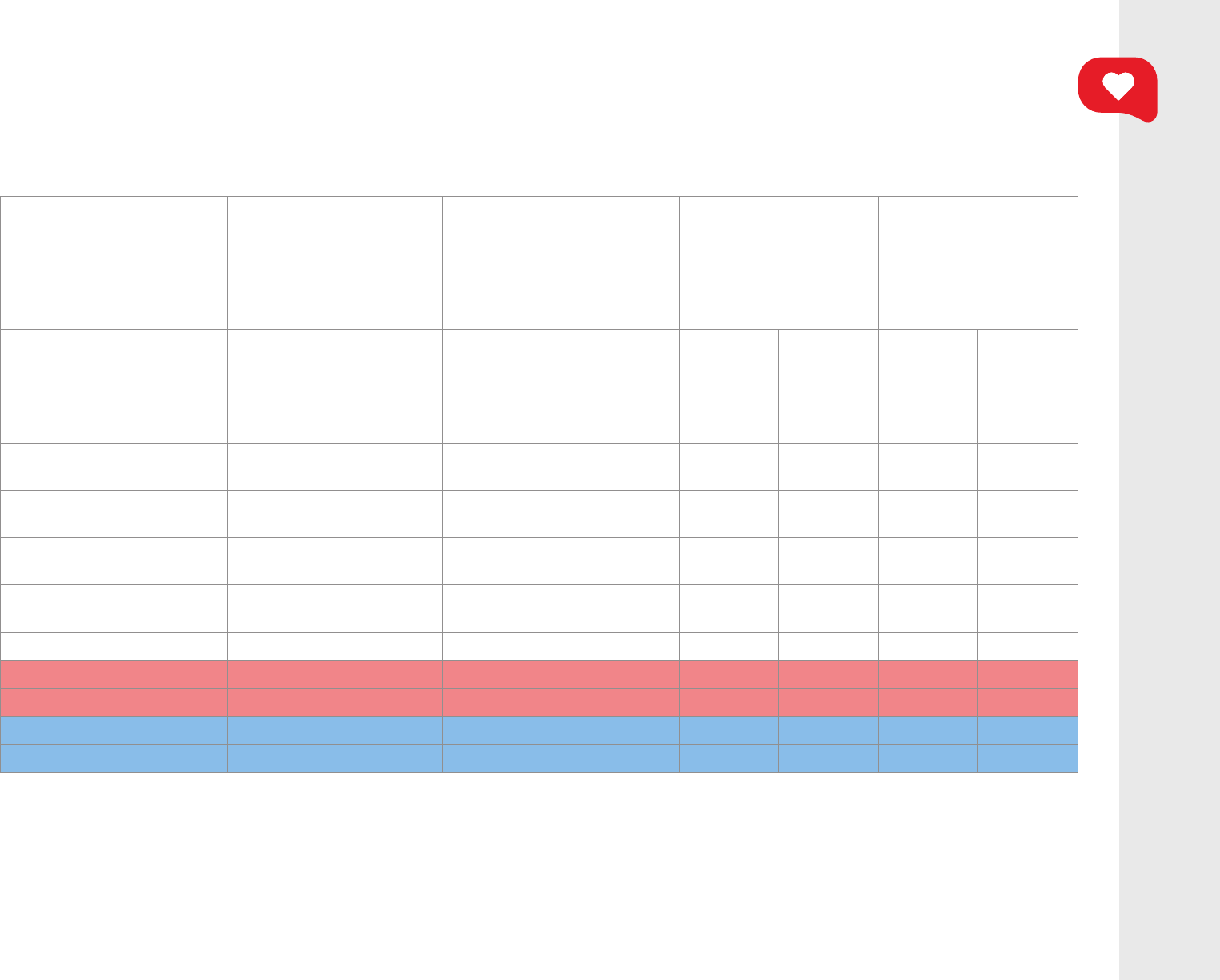
Crisis Text Line | How Youth Found Resilience During the Pandemic: Actions Within Reach, October 2022
Table 8: Youth conversations by demographic sub-group mentioning stressors with signicant changes (2019-2021)
Demographic Stress/ Anxiety % Isolation/ Loneliness % Grief/ Bereavement %
Eating Disorders/ Body
Image %
n Yes n Yes n Yes n Yes
39.3% 929
23.0% 1,797
Latino / Latina / Latinx /
Latine or Hispanic
2,712
Middle Eastern, North
37.5% 1,010 23.6% 290 6.8%
4.9%
Islander
926 23.8% 161 179
White
13 years old and younger 27,713
32.3% 73,090
7,707 5.8%
Boy/man 902
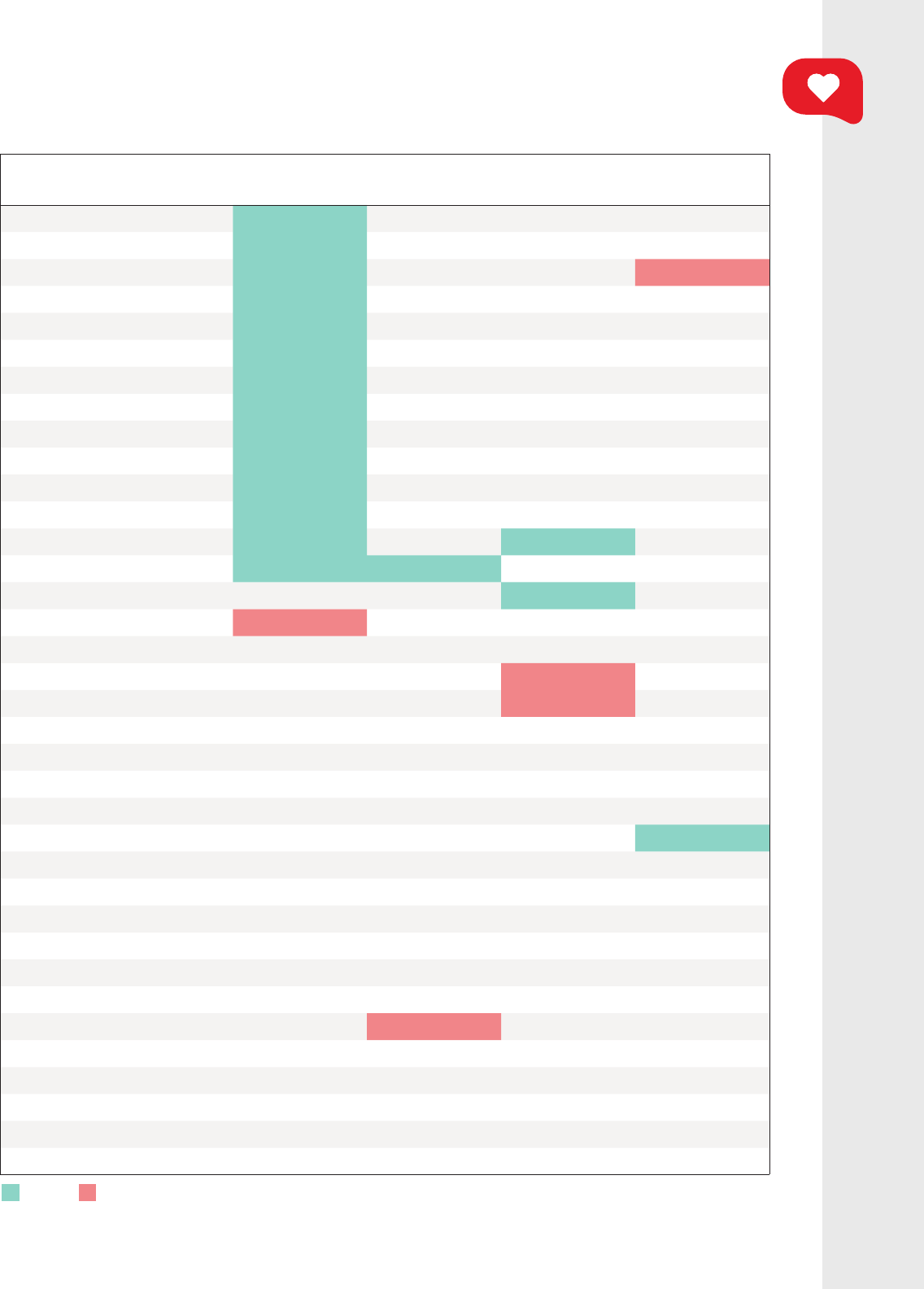
Crisis Text Line | How Youth Found Resilience During the Pandemic: Actions Within Reach, October 2022
Table 9: Number and percent of youth conversations mentioning COVID-19, eating disorders, grief and
bereavement, and bullying by month
Month
# of youth
conversations
COVID-19
Eating
Disorders
Grief and
Bereavement
Bullying
9027
9236
12772
9977
7961
7100
6991
7027
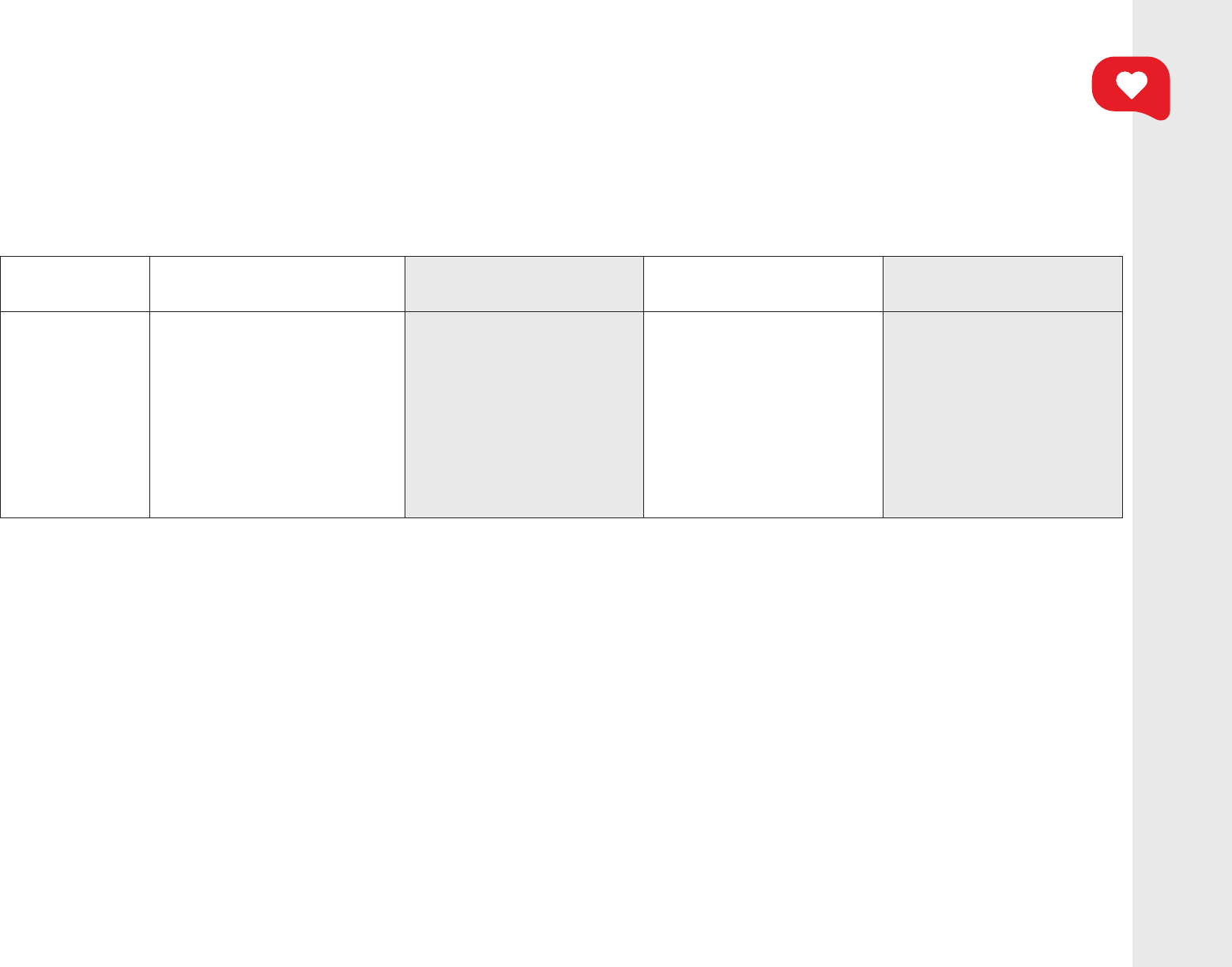
Crisis Text Line | How Youth Found Resilience During the Pandemic: Actions Within Reach, October 2022
Table 10: T-test results – change over time from lowest to highest month for stressors with signicant change
Stressor Lowest month
Highest
month
Lowest month Highest month
t-value p-value
Cohen's
d
n sd % yes n sd % yes
Stress and
June 2019 January 2021 <.001 0.16
Isolation and
Loneliness
December 2020 July 2020 0.39 <.001 0.20
Bereavement
March 2020 July 2020 0.17 0.21 <.001 0.10
Eating Disorders
and Body Image
Issues
February 2020 July 2021 0.20 0.26 <.001
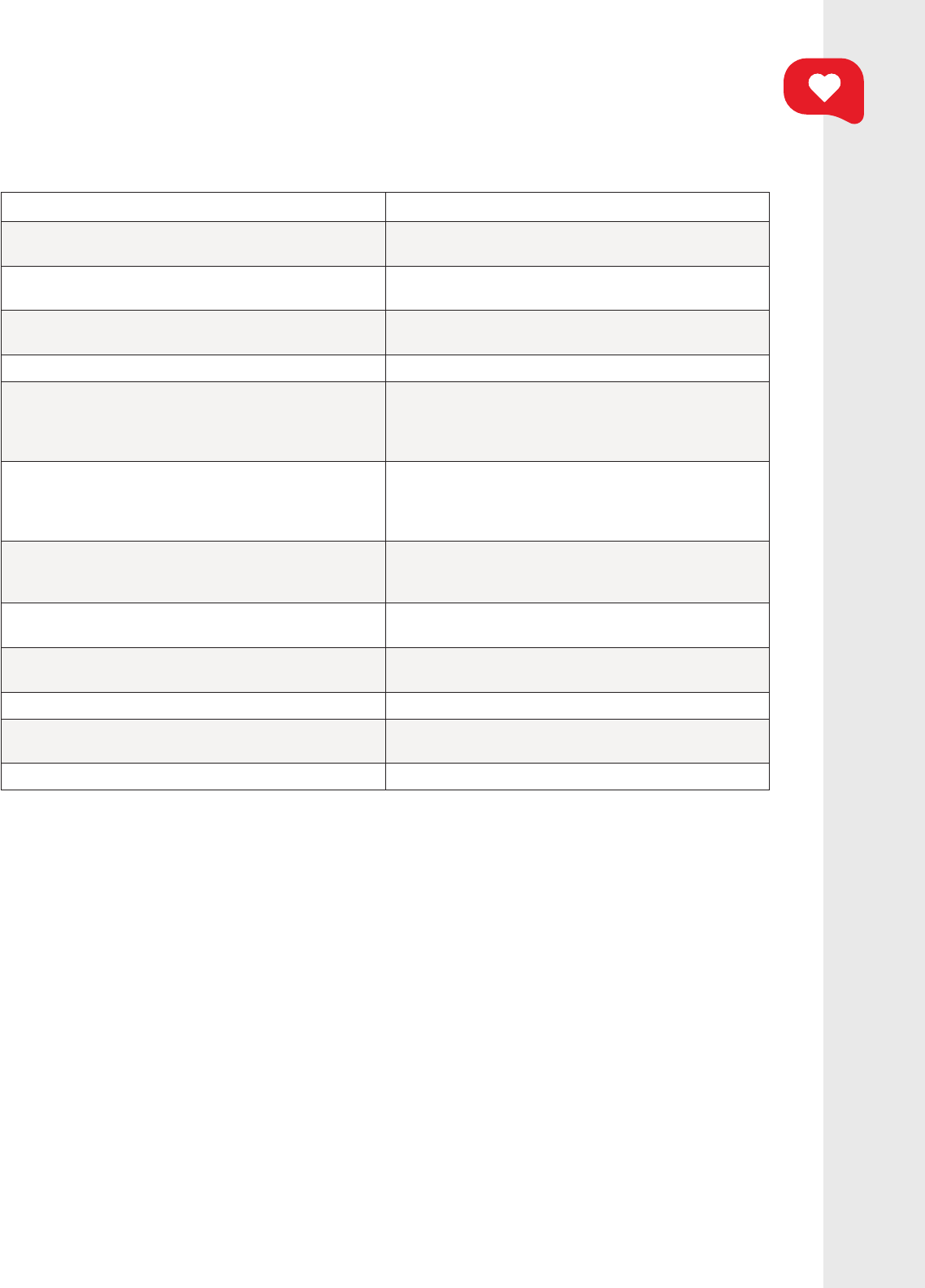
Crisis Text Line | How Youth Found Resilience During the Pandemic: Actions Within Reach, October 2022
Table 11: Coping mechanism categories and included word combinations
Coping mechanism theme Word(s) included
Music, including singing, listening to music, and
playing guitar
band, play piano, music, listen music, sing, singing,
play guitar
Reading or writing, including journaling, poetry and
letters
book, poetry, write journal, write letter, read, write
poetry, write, journal, writing, journaling, letter
Resting, including sleeping, napping, taking a bath or
shower
bed, go sleep, sleep, sleeping, nap, bath, rest, shower,
lay
draw, art, paint, painting, color, coloring, drawing
including girlfriends or boyfriends
spend time friends, best friend, hang friends, talk
friends, friend, friends, talk friend, talk best friend,
boyfriend, talk boyfriend, talk girlfriend, girlfriend,
reach friends, reach friend
watch funny, watch tv, tv, watch movie, YouTube,
movies, watch anime, watch videos, TikTok, watch
moms, dads, caregivers, and siblings
mother, talk mom, mom, talk parent, parent, talk dad,
dad, talk sister, talk family, sister, brother, family, talk
parents, talk mother
counselor, or doctor
doctor, counsel, counselor, therapist, therapy, talk
Exercising, including walking, dancing, running, yoga,
basketball, and exercising
walk, exercise, dance, go walk, run, dancing, walking,
yoga, basketball, bike, volleyball
Talking with teachers, school, or doing homework teacher, talk teacher, homework, talk school, school
Meditation, breathing exercises
breathe exercise, breathe, meditation, calm, relax,
focus, breathing, meditate, break
video games, play video game
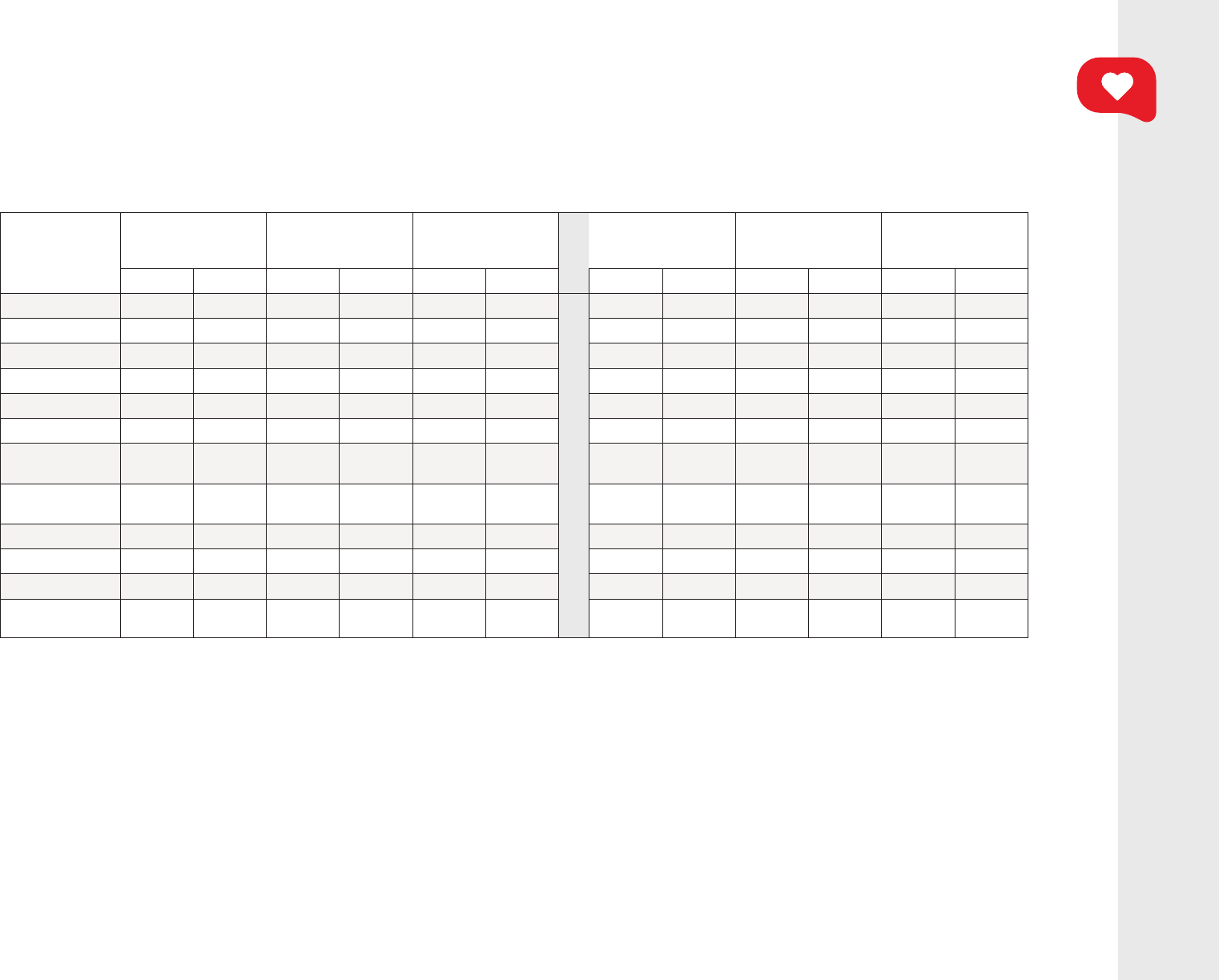
Crisis Text Line | How Youth Found Resilience During the Pandemic: Actions Within Reach, October 2022
Table 12: Top youth coping mechanisms (2019-2022)
Top coping
mechanisms
Youth dataset 2019
(total n = 95,567)
Youth dataset 2020
(total n = 101,635)
Youth dataset 2021
(total n = 91,820)
Augmented dataset
2019 (total n =
304,625)
Augmented dataset
2020 (total n =
401,628)
Augmented dataset
2021 (total n =
293,366)
# % # % # % # % # % # %
Music 11,309
Read / write
Sleep / bath 7,113
6,370 7, 236 6,261
Talk to friends
Watch tv / videos
Connect with
family
3,399
doctor
13,000
Exercising
School 2,160 1,260
Meditation 2,276
729 1,079 1,919
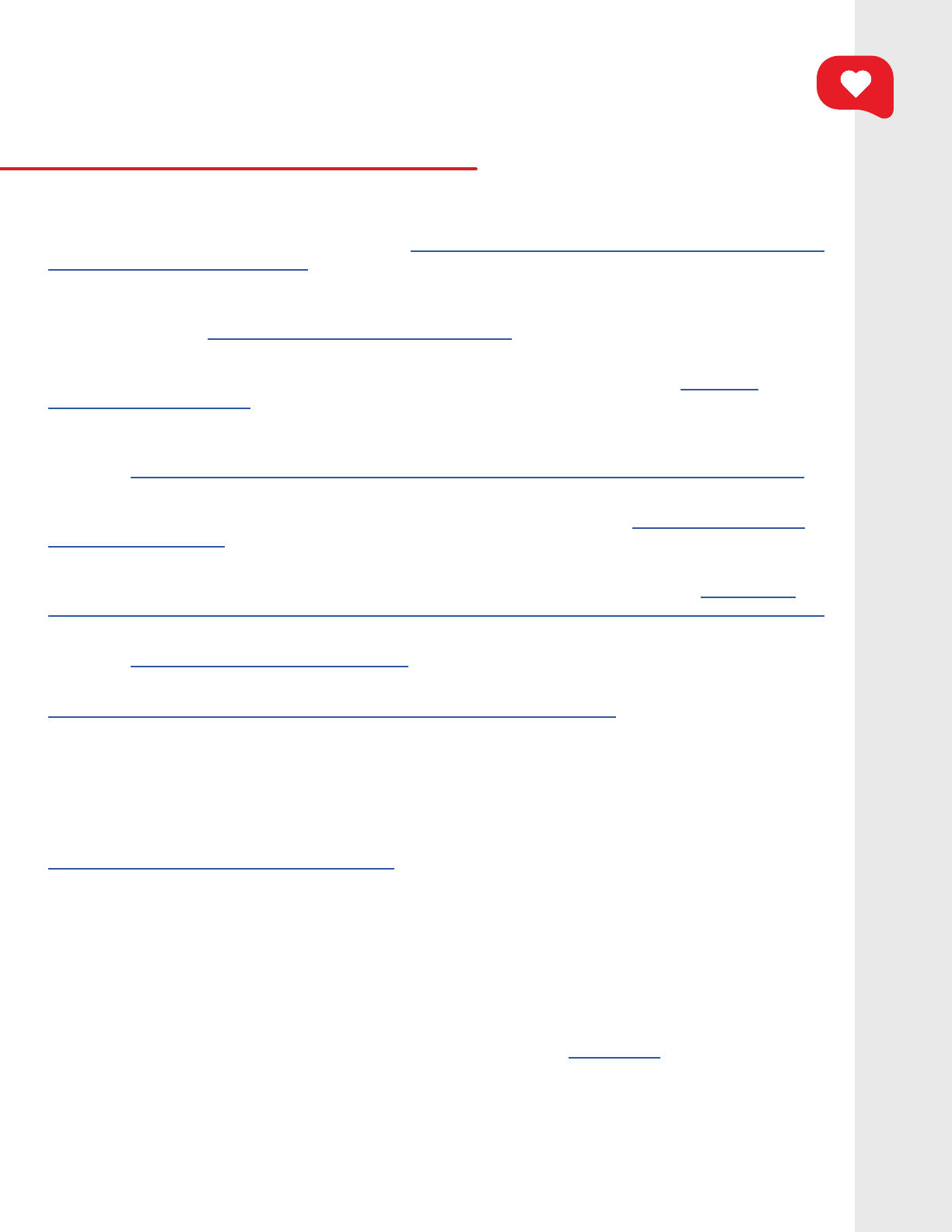
Crisis Text Line | How Youth Found Resilience During the Pandemic: Actions Within Reach, October 2022
Appendix F: References
https://www.washingtonpost.com/education/2022/03/31/
https://doi.org/10.1016/j.sleep.2021.02.003
https://doi.
org/10.1093/jpepsy/jsab003
2022, from
https://doi.org/10.1016/j.
https://www.
2022, from https://www.crisistextline.org/privacy/
hopelab.org/
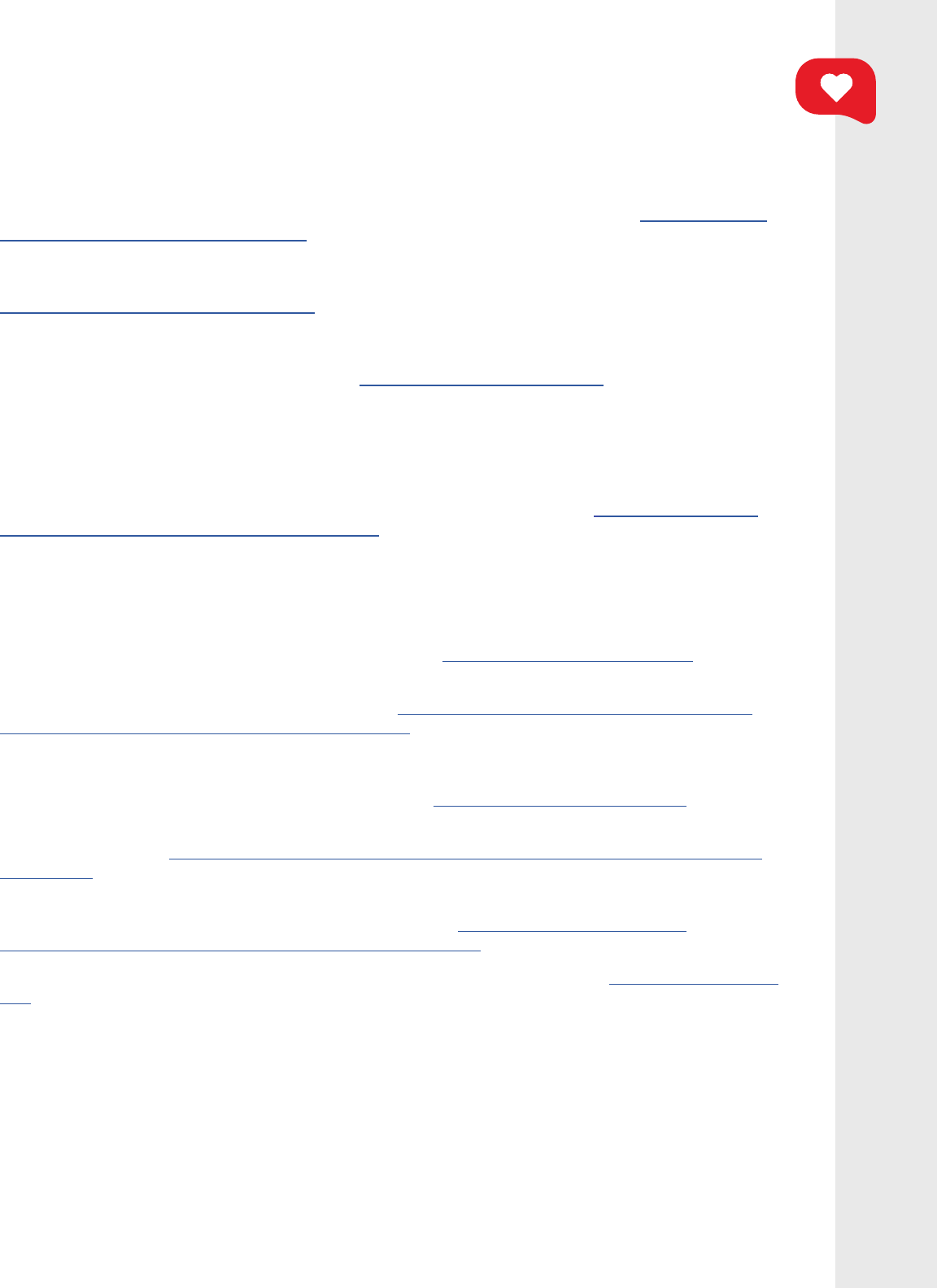
Crisis Text Line | How Youth Found Resilience During the Pandemic: Actions Within Reach, October 2022
https://www.cdc.
gov/mmwr/volumes/71/su/su7103a3.htm
Individuals who text Crisis Text Line: Key characteristics and opportunities for suicide prevention. Suicide
/www.cdc.gov/mmwr/
https://doi.org/10.1002/
educational achievement, intelligence, and perfectionism in adolescents with eating disorders.
advisory.pdf
https://www.pewresearch.org/
https://wellbeingtrust.
org/
